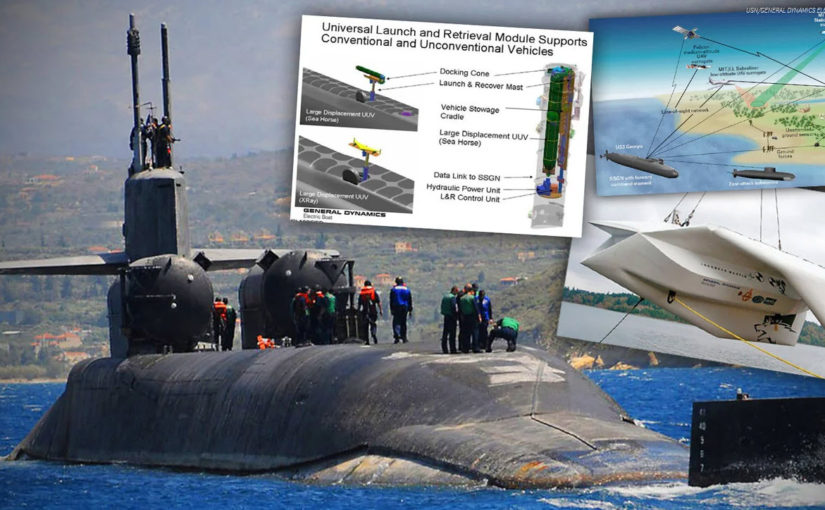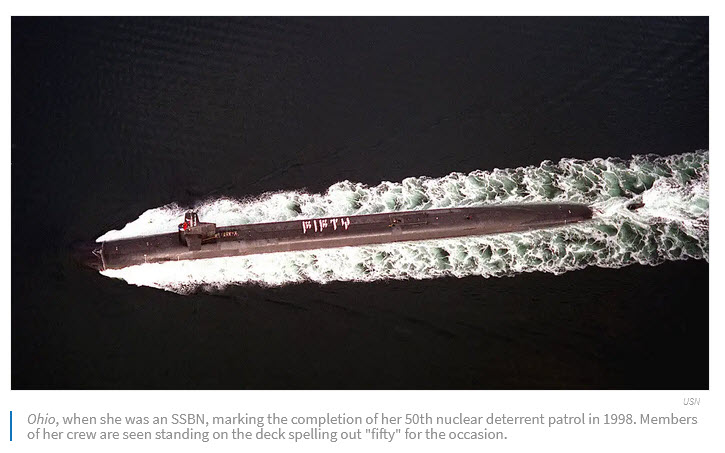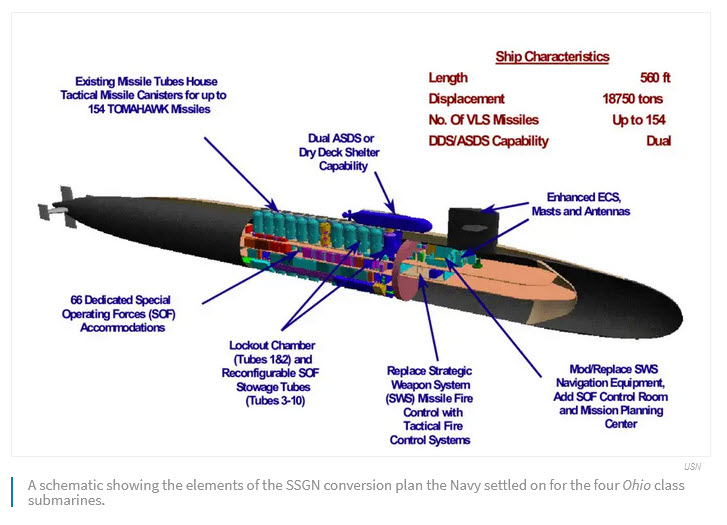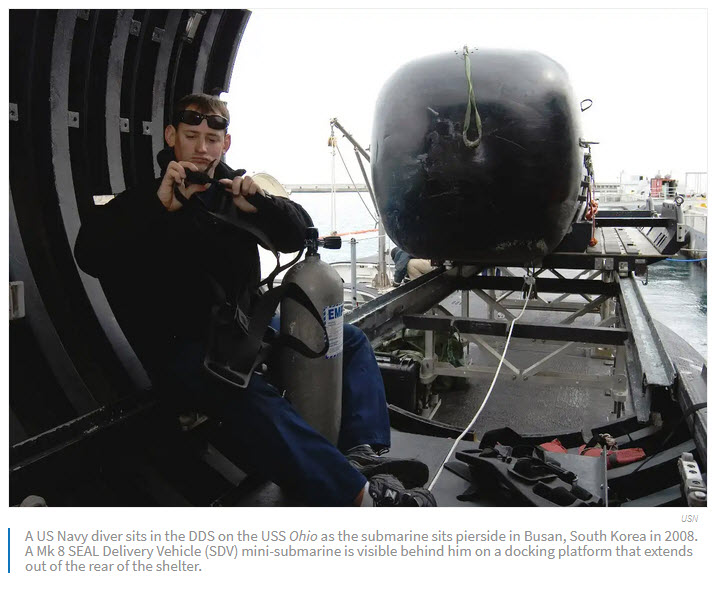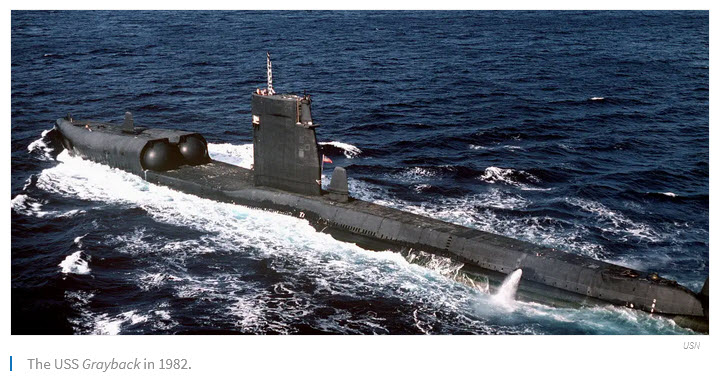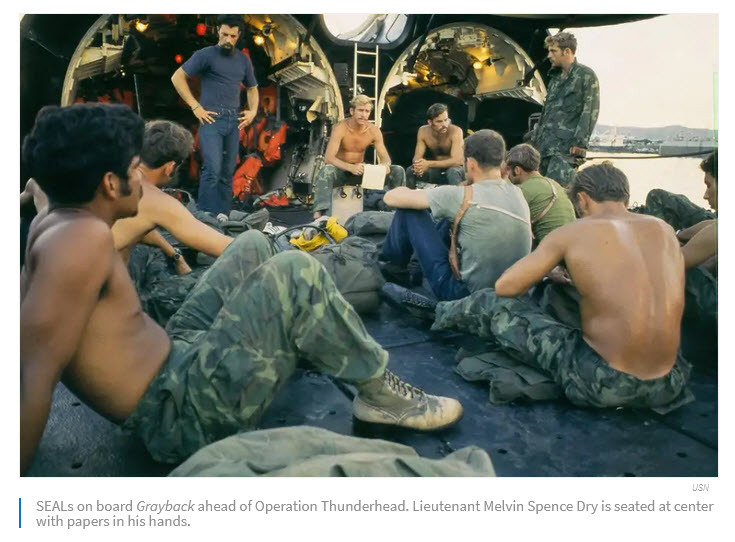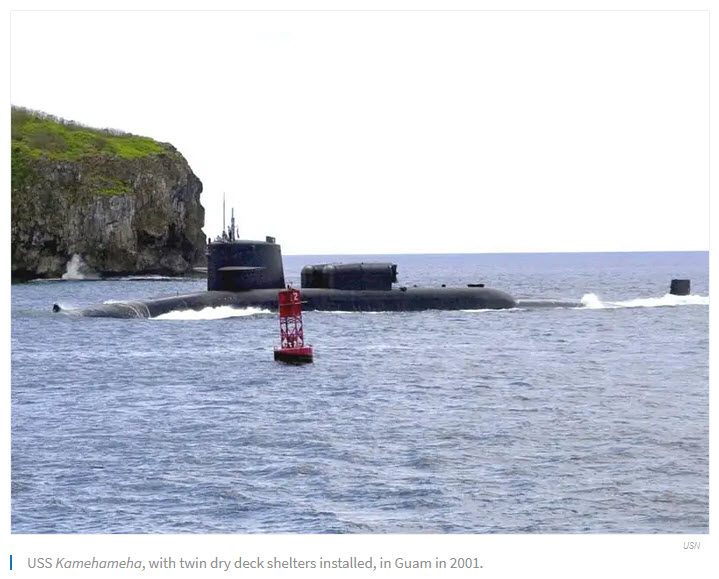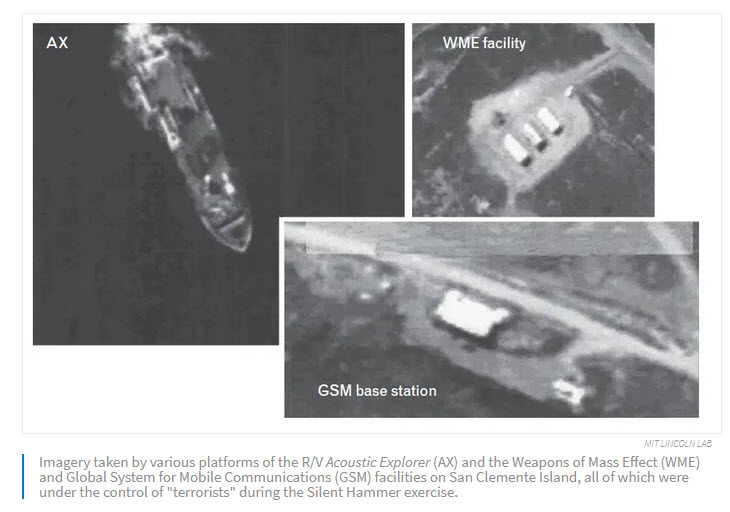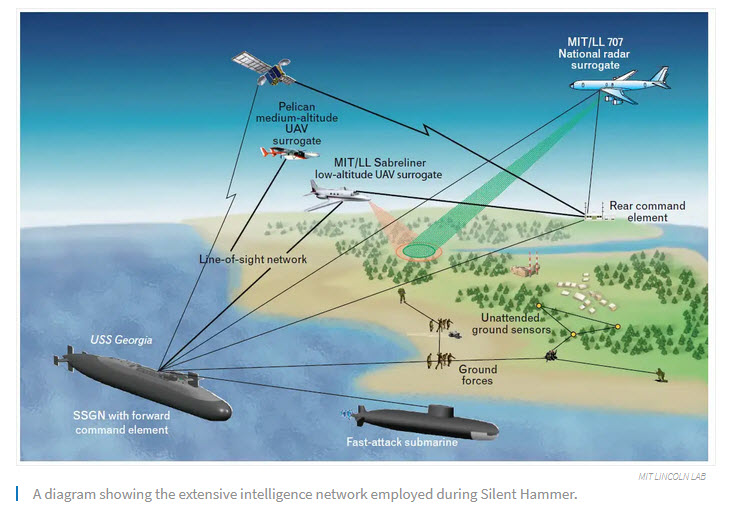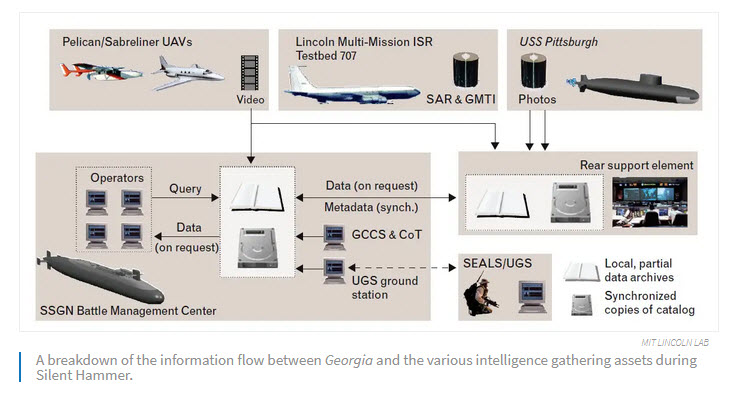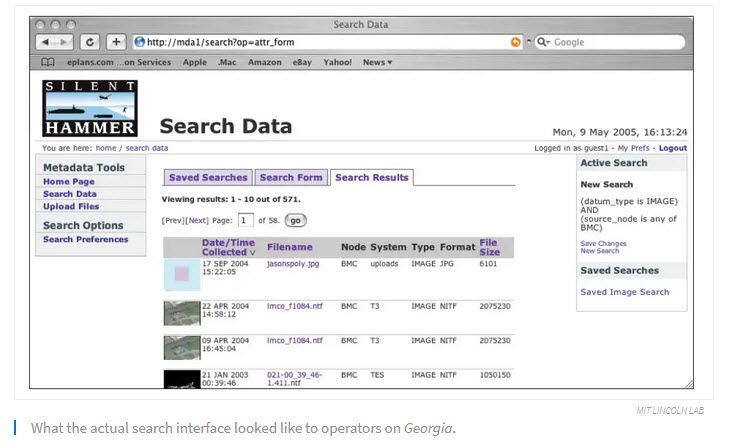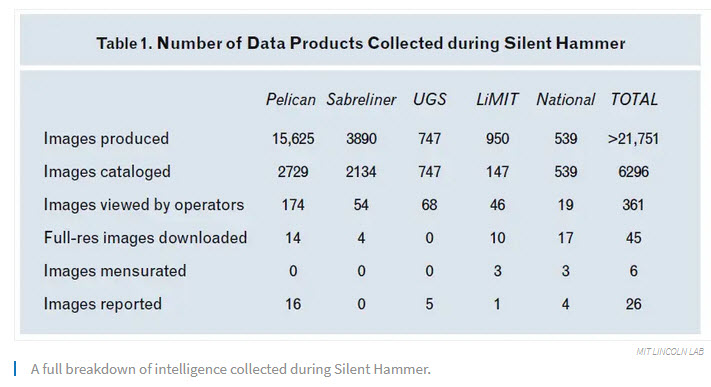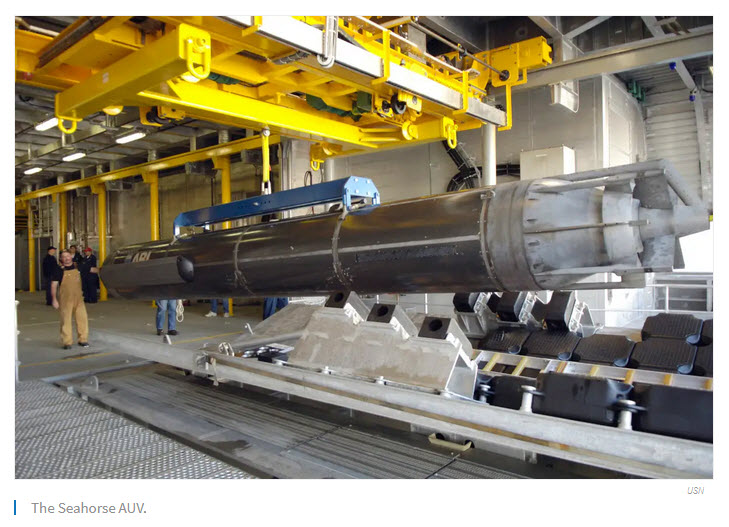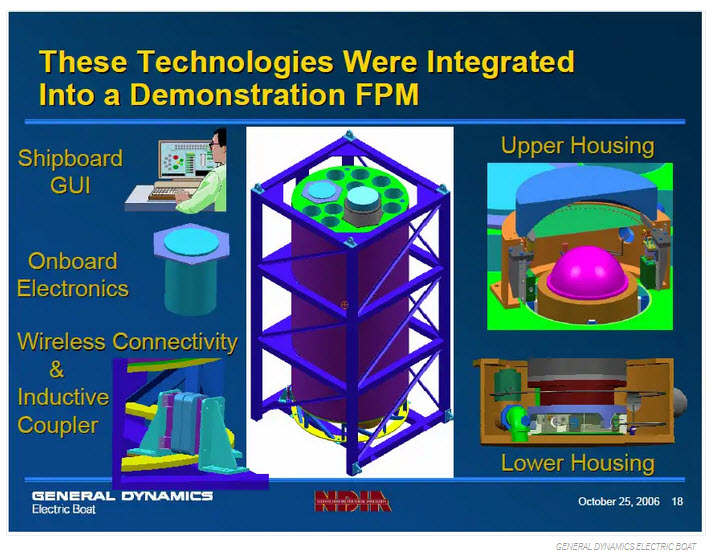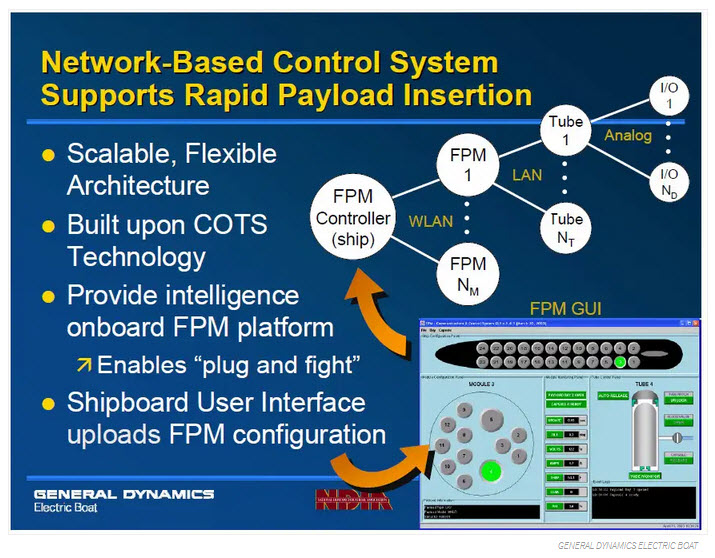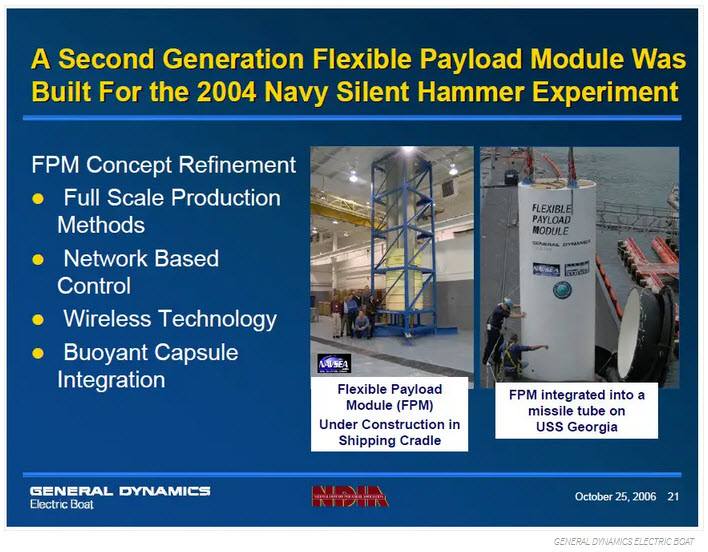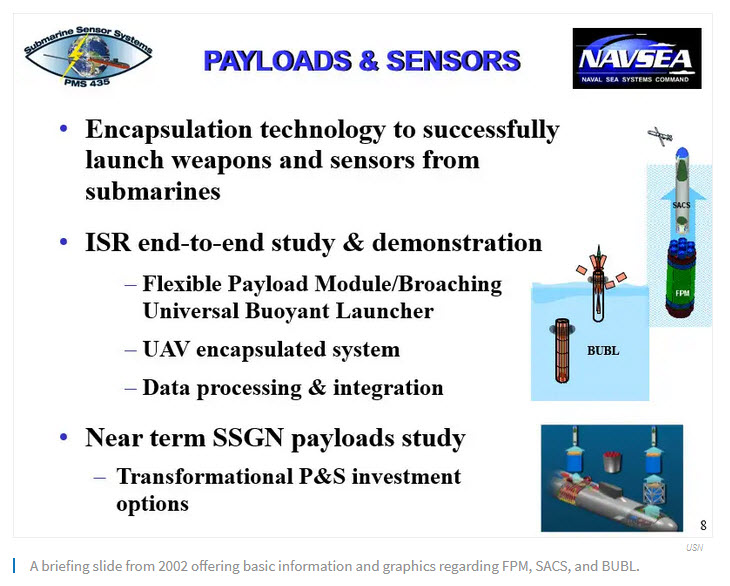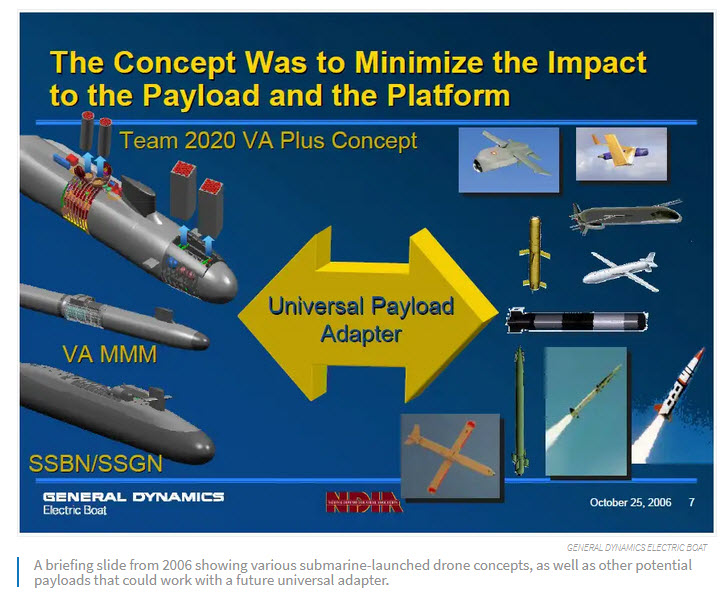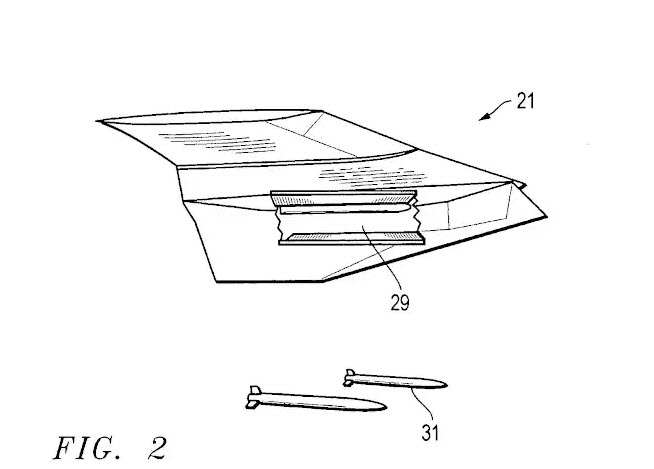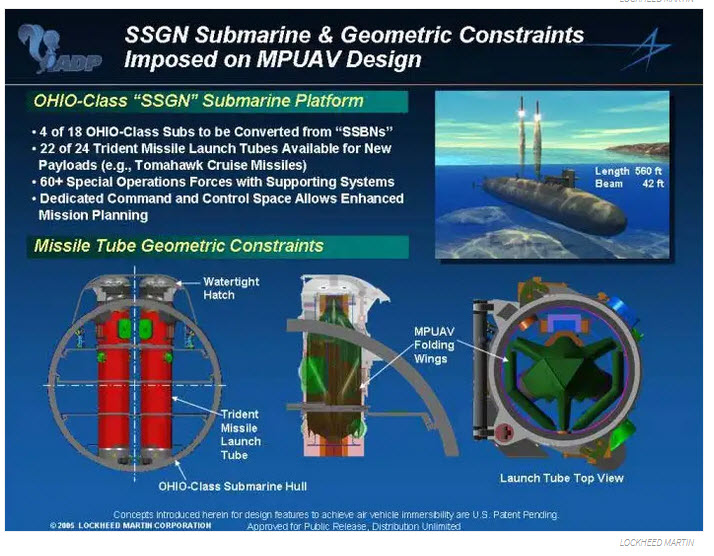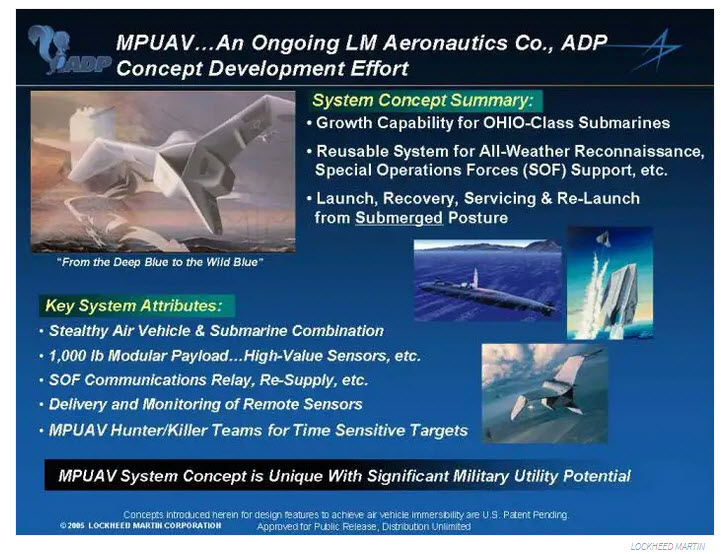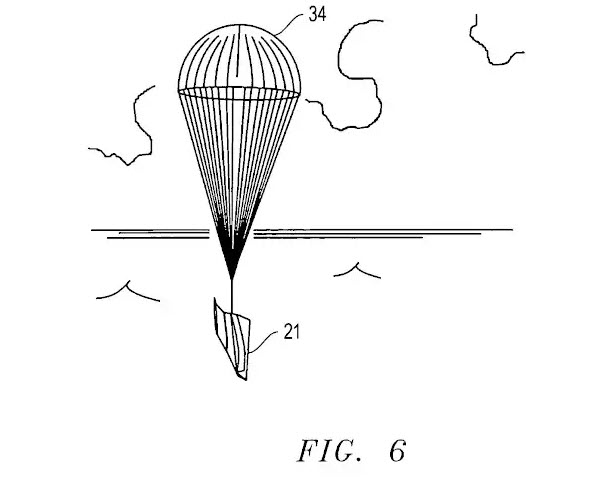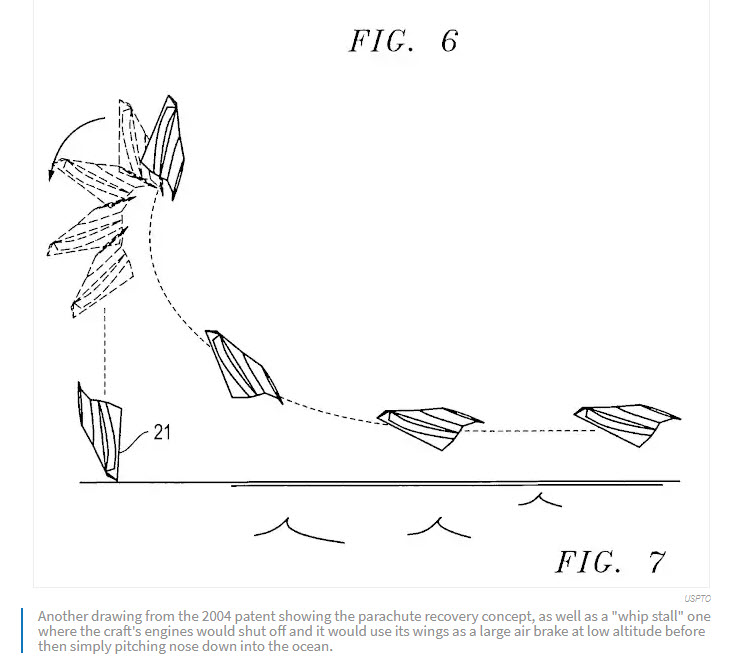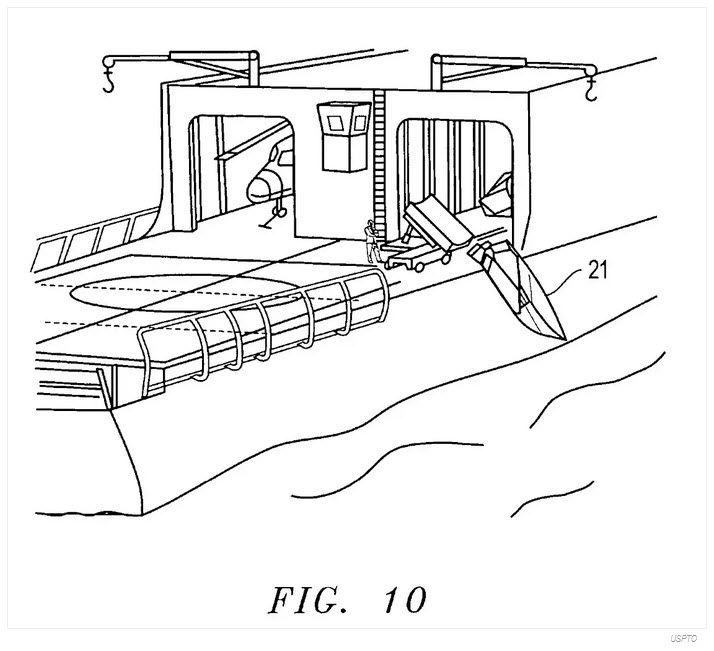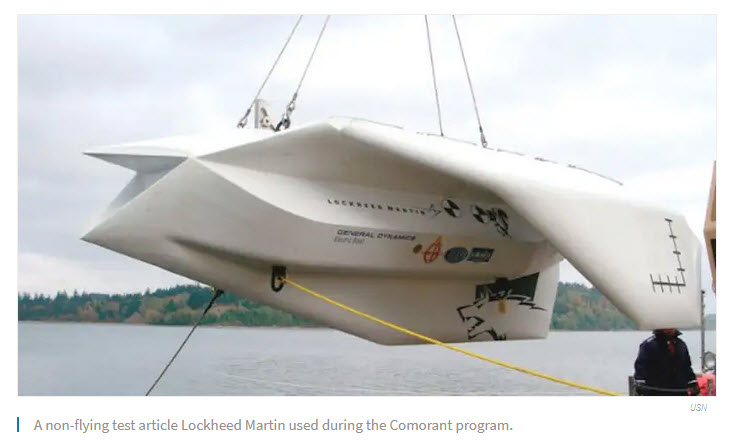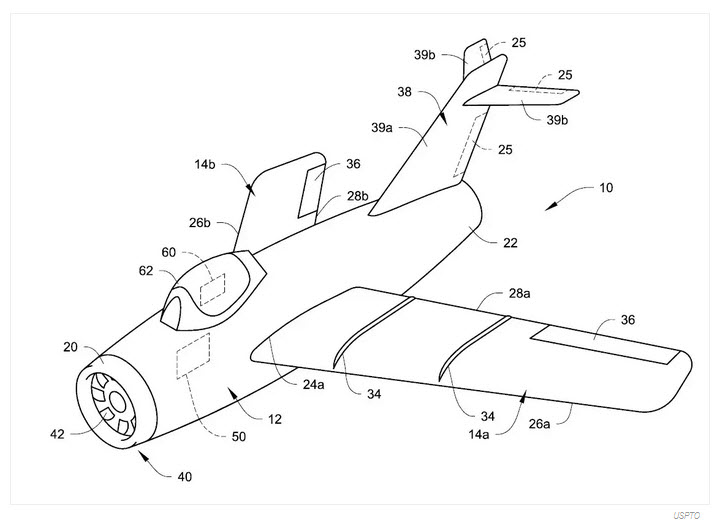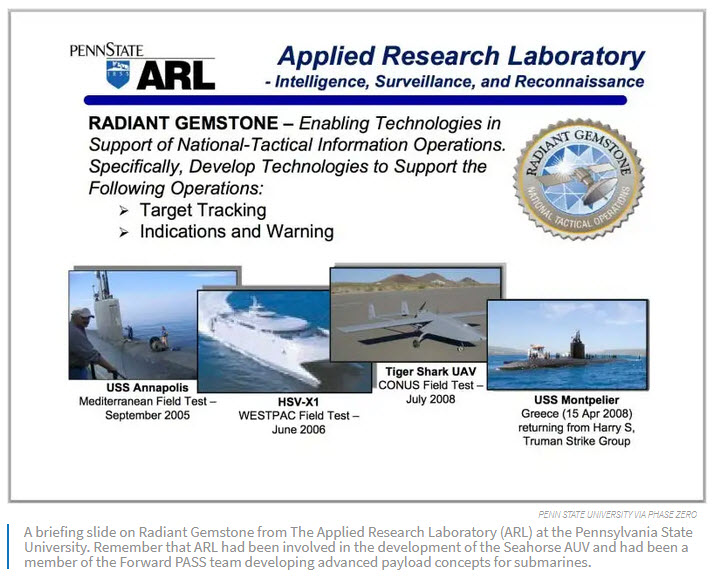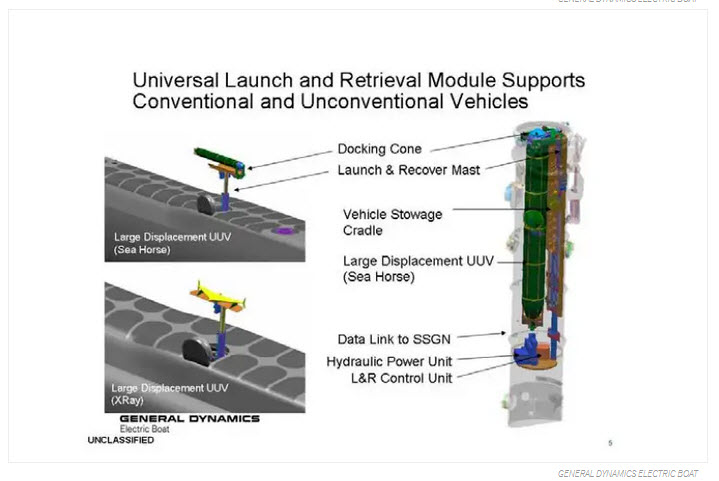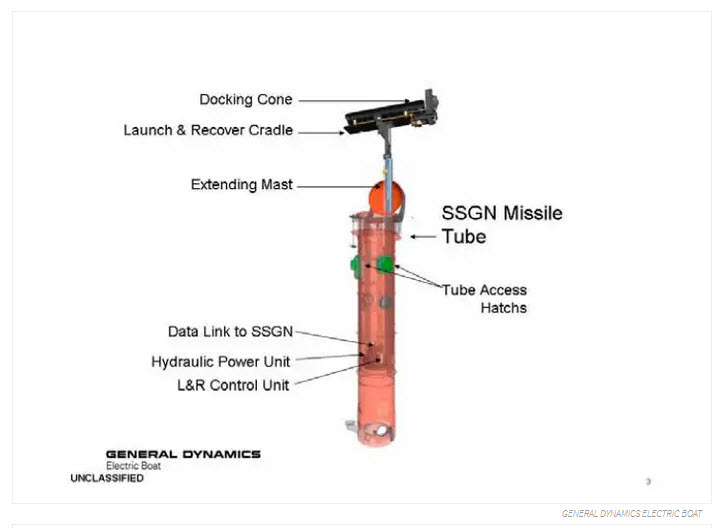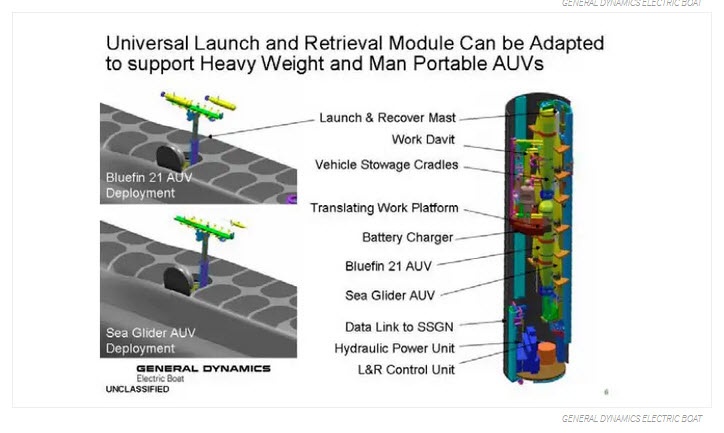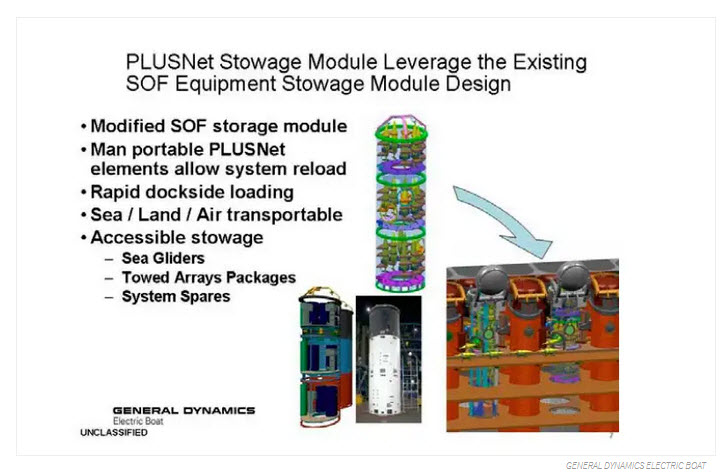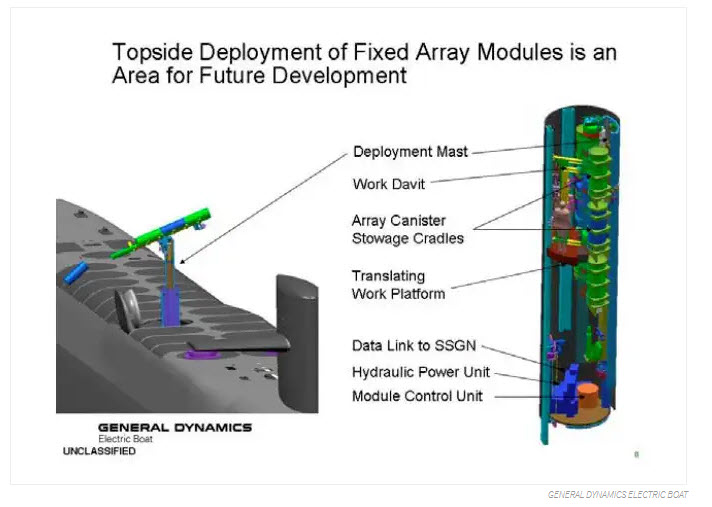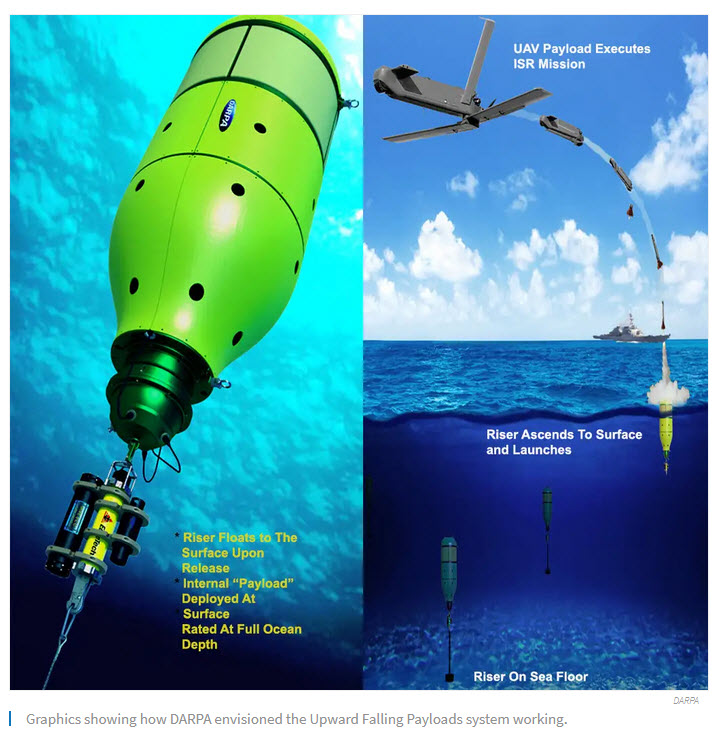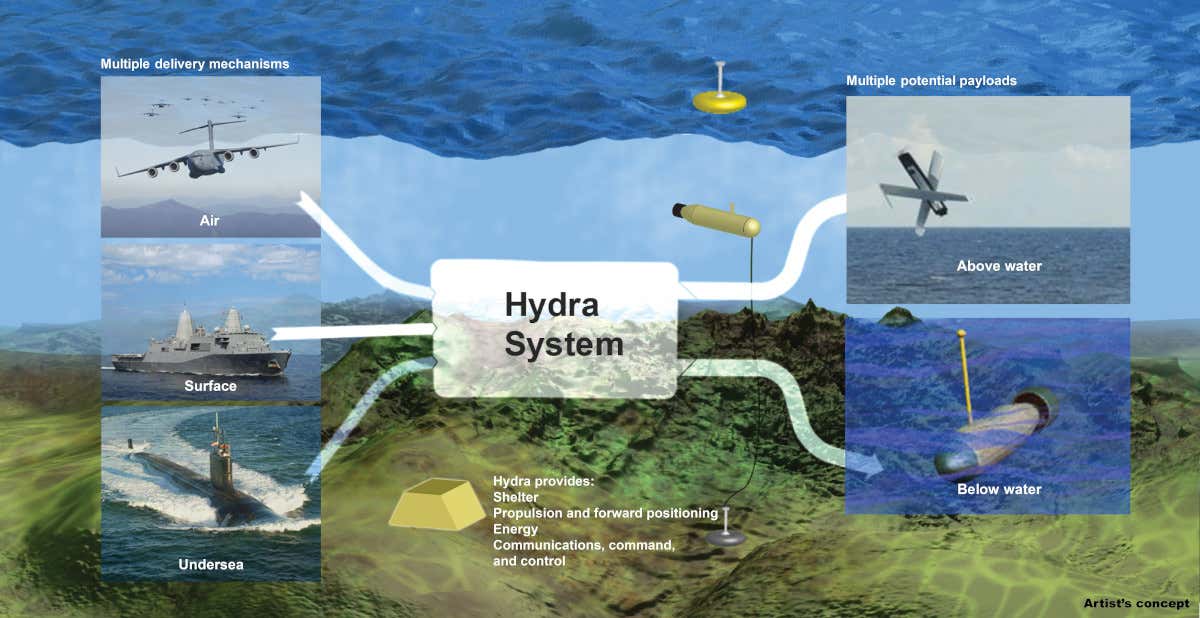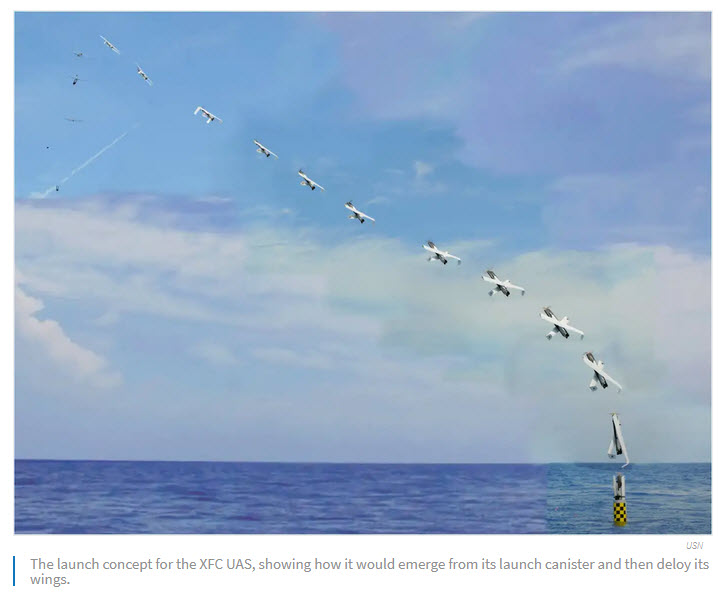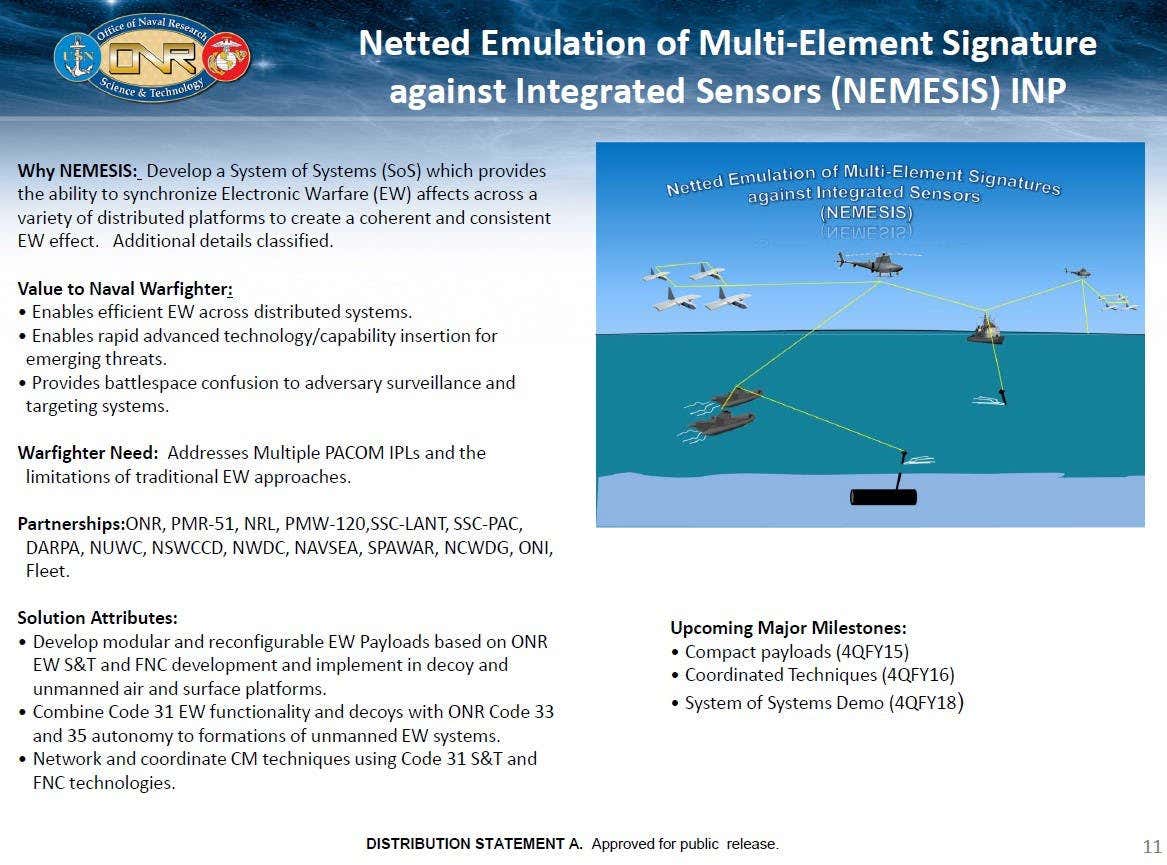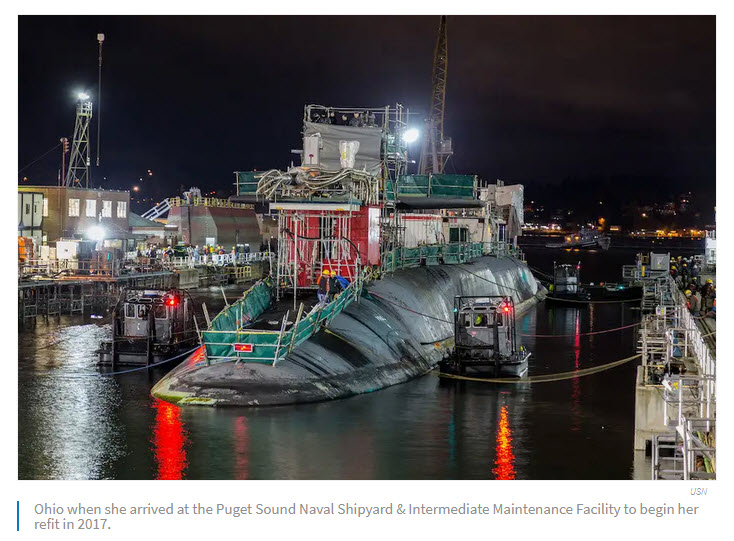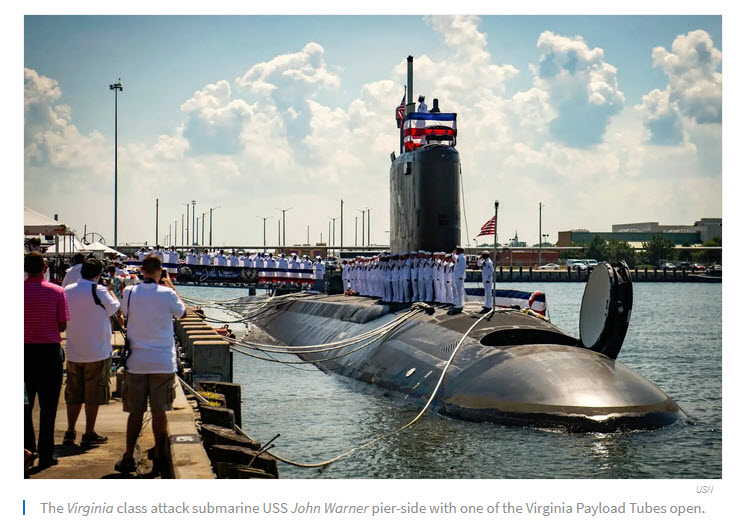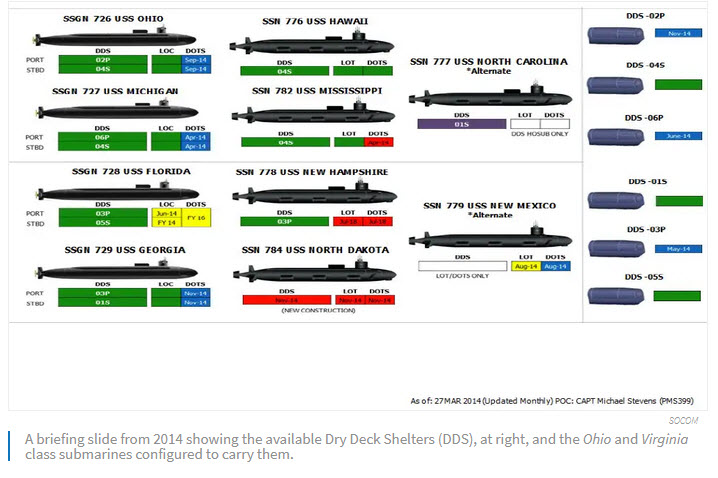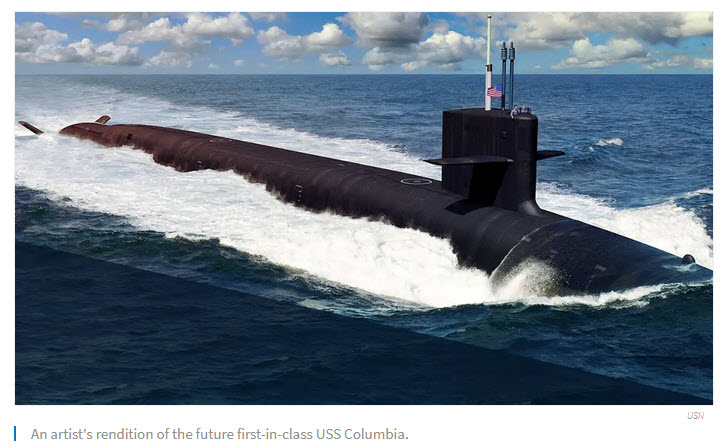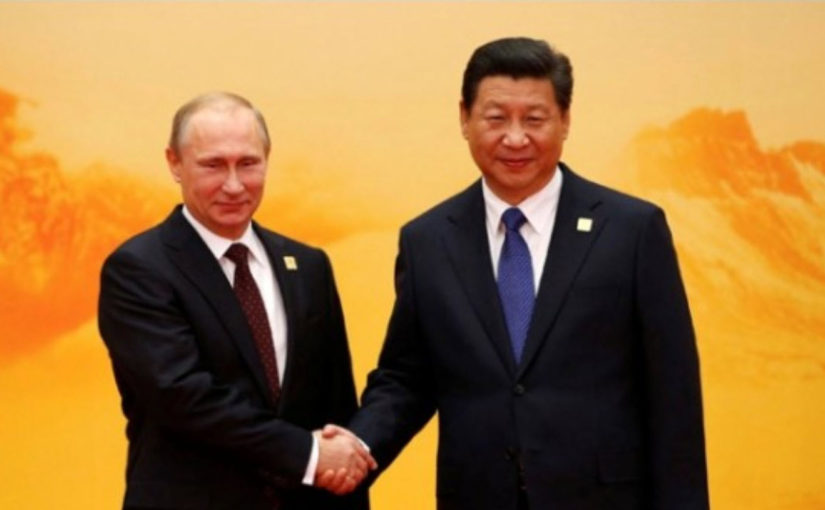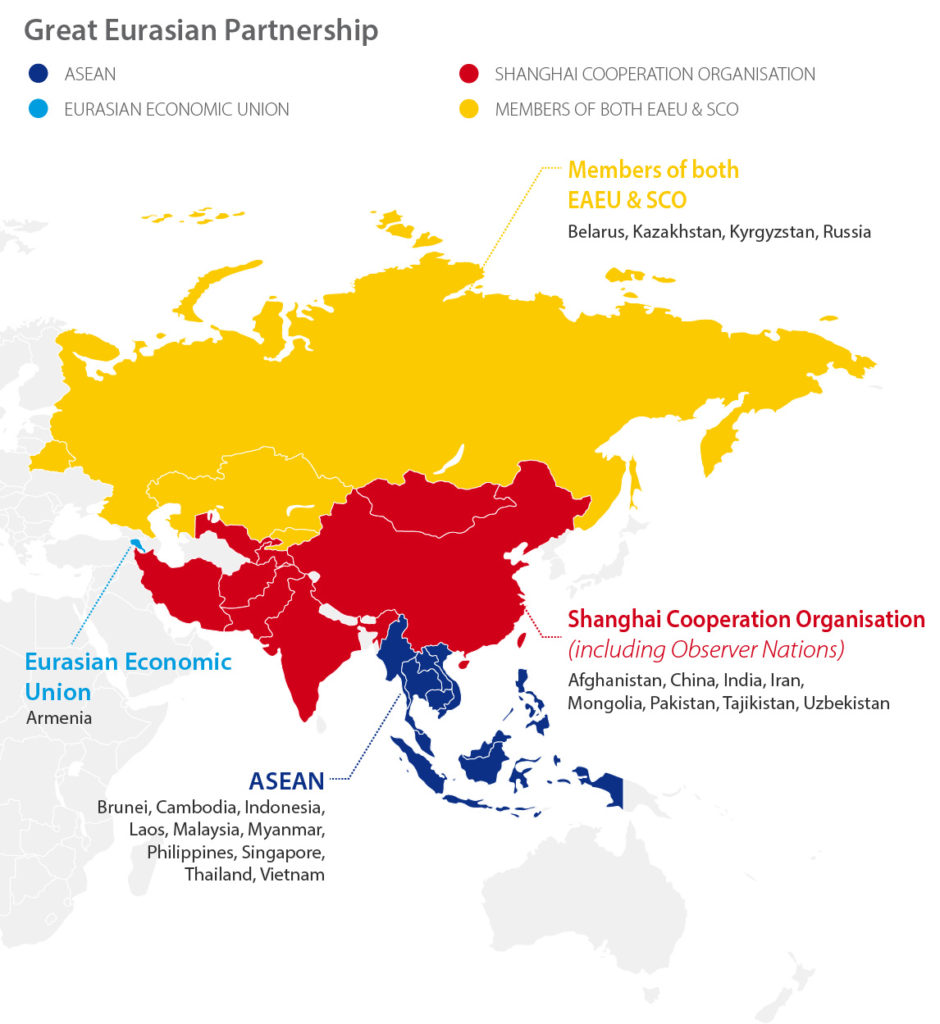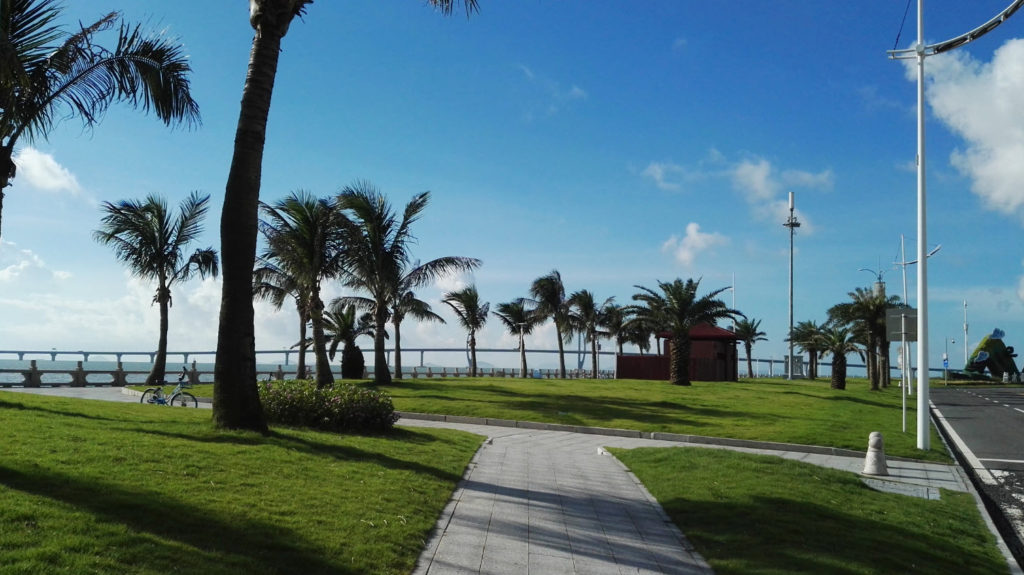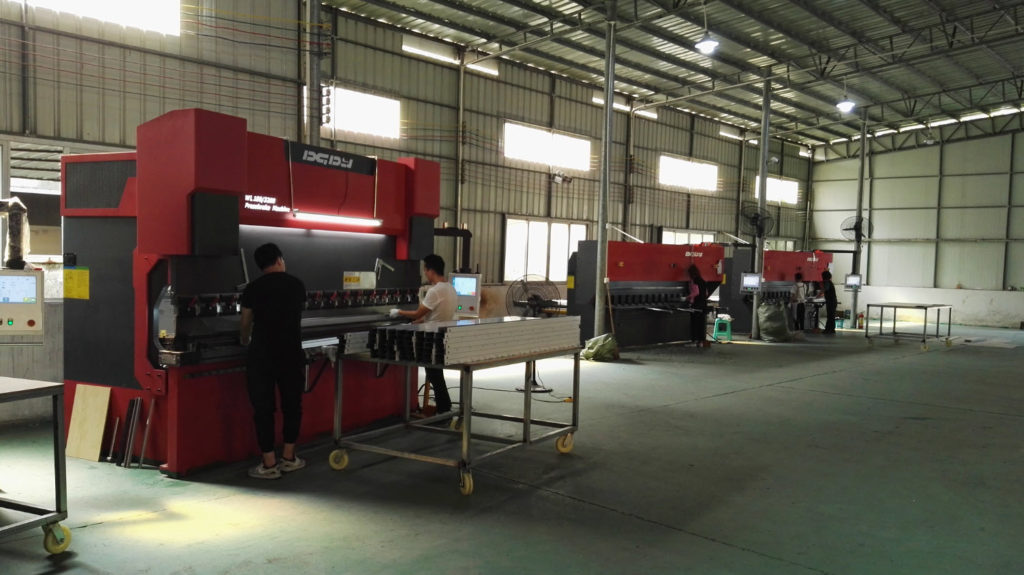Still busier than a kid in a candy store. I hope you all appreciate this article.
Why Did Patrick Henry Oppose the Constitution?
By Thomas Kidd
How could the man who cried “give me liberty or give me death,” this patriot who penned Virginia’s resolves against the Stamp Act in 1765, not support the Constitution?…
Today’s offering in our Timeless Essay series affords readers the opportunity to join Thomas Kidd as he explores why Patrick Henry opposed the Constitution. —W. Winston Elliott III, Publisher
At the conclusion of Virginia’s 1788 ratification convention, a meeting tasked with voting on the new Constitution, Patrick Henry strode to the assembly floor, convinced that the future of American liberty hung in the balance. In his mind’s eye, the great orator warned, he could see angels watching, “reviewing the political decisions and revolutions which in the progress of time will happen in America, and the consequent happiness or misery of mankind—I am led to believe that much of the account on one side or the other, will depend on what we now decide.”
To Americans familiar only with Henry’s blazing “Liberty or Death” oration of 1775, it may come as a shock to learn that Henry opposed the adoption of the Constitution. Henry always had a flair for the dramatic, but on this occasion, Mother Nature offered him an improbable assist: As he thundered against the dangers of the new centralized government, a howling storm rose outside the Richmond hall. Frightened delegates scurried to take cover.
A memorable scene, to be sure, but how could the man who cried “give me liberty or give me death,” this patriot who penned Virginia’s resolves against the Stamp Act in 1765, not support the Constitution? The answer was pretty simple: Henry thought that the American Revolution was, at root, a rebellion against the coercive power of the British government. In particular, it was a rebellion against unjust British taxes. Henry, therefore, thought it was madness for Americans to place that same kind of consolidated political authority over themselves again.
The All-Powerful States
America already had a constitution in 1788, the Articles of Confederation, basically a continuation of the Continental Congress, the ad hoc body formed in 1774 to plan resistance against British taxes. The Articles of Confederation government was composed of a single-house legislature. The states retained most of their power under the Articles, and it was very difficult for the national government to do much of anything without overwhelming support from the states.
Historians often assume that the government under the Articles was an unmitigated disaster. But, really, the Articles government was not too bad. It managed (with major difficulty, of course) to beat the formidable British military in the Revolutionary War. It secured the Treaty of Paris in 1783, which remains one of the greatest diplomatic achievements in American history. And it passed the Northwest Ordinance of 1787, the key precedent for the future expansion of the United States into the Great Lakes region and the trans-Mississippi west.
Certainly, there were many problems under the Articles of Confederation, mostly regarding the national government’s inability to craft coherent trade and economic policy. Part of this inefficiency was intentional, as the national authorities did not have the power to tax. When the Confederation Congress needed money, it had to issue requests for funding to the states. Often the states could not (or would not) pony up.
We should remember that the Founders designed the Articles government simply to perform those tasks that only a national government could do. They did not wish to create a large, powerful national government. The states still commanded the primary allegiance of most leading Patriots. When someone in the Founding period spoke of his “country,” he was probably talking about his home state, not the United States.
Amendments, or More?
It was James Madison and Alexander Hamilton who began moving the nation away from the Patriots’ original suspicion of big government. They pushed for a 1787 meeting that was ostensibly tasked with proposing new amendments to the Articles of Confederation. Henry and George Washington were the two most popular leaders in Virginia, and Henry was elected to attend the Philadelphia convention. But he had already begun to suspect that the organizers had more in mind than just suggesting amendments. He famously explained his refusal to attend by saying “I smelt a rat.”
Henry had served five terms as Virginia governor during the 1770s and ’80s, and he had already become alarmed at the willingness of Northern congressmen to act directly against Virginia’s economic interests. In particular, John Jay, the secretary of foreign affairs, had in 1786 attempted to sign away America’s rights to navigate the Mississippi River in exchange for preferential trade status. This would have been a disaster for the Southern economy. Only the requirement for a two-thirds majority on navigation acts prevented the measure from being adopted, but James Madison knew that the damage was done. “Mr. Henry’s disgust [at the Jay treaty] exceeded all measure,” Madison wrote, and turned Henry totally against the notion of enhancing national government’s power.
When Henry saw the result of the Philadelphia convention’s work, he was appalled. To him, the new Constitution proved that Americans had already forgotten the dangers of consolidated national authority. Although he had refused to attend the Philadelphia meeting, Henry eagerly went to the Richmond ratifying convention, setting the stage for a clash between Henry and his political nemesis, Madison. Henry commandeered the ratification proceedings, warning in exquisite (and, Madison thought, exasperating) detail all the ways in which the Constitution jeopardized American liberty.
Limitations on Power
Like most Antifederalists, Henry wanted a bill of rights added to the Constitution (the document did not originally include one), but that was not his core concern. Instead, Henry wished to see real, structural limitations on the new government’s power, such as taking away its authority to tax. Federalists (supporters of the Constitution) said that in order to have a powerful, effective government, the Constitution required these new powers. To Henry, this was hogwash. The Constitution’s defenders, he warned, believe “we must be a great and mighty empire,” he said. But “when the American spirit was in its youth, the language of America was different: Liberty, sir, was then the primary object.”
Henry concluded his assault on the new Constitution with his remarkable thunderstorm speech, but he could not derail ratification. Virginia voted 89-79 to approve the Constitution, and when his longtime ally, Washington, became the first president, Henry slowly began to reconcile himself to the new government. But he never got over the feeling that when the nation ratified the Constitution, it betrayed the principles of the Revolution.
Patrick Henry thought that a national government invested with the unlimited power to tax and spend would inexorably transform into a monstrosity, one that the Founders—even Madison—never intended.
Most Americans believe that the Constitution, at least as originally designed, fostered a wise system of checks and balances that divided power between the states and national government.
But when you consider the titanic government we have today, and the struggles to contain our mind-boggling rates of federal debt and spending, Henry’s warnings about what the government under the Constitution could eventually become seem more and more reasonable.
Rufus Chen
Chen knew he had to do something. A woman, rambling on in a foreign language, was climbing over the railing. It was a 230-foot (70 meters) drop into the water below. Death was certain.
The new bridge over the Yangtze River in Nanjing, China had quickly surpassed The Golden Gate Bridge in San Francisco and Aokagohara Park in Japan as the most popular location for suicides.
Chen slammed on the brakes and jumped out of his car. In a state of desperation, instincts took over. Gently, he spoke with her, sharing his compassion and understanding. Chen let her know that he, too, was a struggling migrant worker. She was not alone. People cared.
After several minutes of sharing each other’s pains and struggles, the woman climbed back over the railing and gave Chen a hug. Never again would she attempt another suicide.
Chen decided to come back to the bridge the next day. His infant child was left with his young wife, but Chen thought that he might be able to help someone else on the ledge who needed someone – even a stranger.
Fortunately, no one came. Chen drove home.
Despite the bitter cold, Chen came back on Saturday and the next day, too, spending almost his entire weekend on the bridge.
He found a man, traumatized over the loss of his life’s savings. They, too, hugged. Chen gave him all the money he had in his wallet. Chen had prevented another suicide.

Finding a higher purpose, Chen went to the bookstore and ordered every book written by the psychiatrist Sigmund Freud to better understand the human psyche. He read and reread every page, taking notes and memorizing passages.

From the day of that first encounter, every Saturday and Sunday Chen would go to the 2 1/2 mile (four kilometers) Nanjing Bridge and do whatever he could to let others know someone cares, always willing to share his time and his money.

In the 53 years since the bridge was built, more than 3,000 people have jumped. None are believed to have survived. But another 412 people are still alive because of Chen Si, the one who devoted every weekend for eighteen years to saving the lives of strangers.

Abandoned Kitties
Look at the eyes…

1 Tess, left outside for 8 years and treated like garbage. Photo taken while she was a stray.

2 Tess a few months after I took her in (her owners moved away and left her behind).

3 Phoebe – found in the weeds behind my house, 4 months old, starving and flea-bitten.

4 Phoebe six months after I took her in.
Look at the eyes.
Abandoned cats are sad, beaten down, and afraid.
Adopt a stray cat or dog from the street or the shelter. Save a life and change your life for the better.
Some Chinese scholars discuss the Taiwan issue…
▲LI Chen, Associate Professor and International Security and Strategy Program Director at the School of International Studies at Renmin University of China
At present, the chain of command of the two militaries is still unimpeded, and the risks are still under control as long as the leaders on both sides adhere to bottom-line thinking on the issue of war and peace.
▲SHI Xiaoqin, PLA Sr. Colonel (Retired), Research fellow at School of Public Affairs, Zhejiang University
In the long run, these military exercises might be a watershed event.
▲CAO Qun, Associate research fellow at the Department for American Studies, China Institute of International Studies
Military-to-military relations will not spiral out of control just because these mechanisms are removed.
And last but not least
▲Victor Gao, Vice Director, Center for China and Globalization, Chair Professor of Soochow University
As for the Sino-U.S relationship, Washington hopes to compartmentalize bilateral ties with China with their cooperation, competition and confrontation approach. That’s wishful thinking on the part of Washington.
▲LI Chen, Associate Professor and International Security and Strategy Program Director at the School of International Studies at Renmin University.
The positioning of the military relationship between China and the U.S has actually elevated in recent years. In the past, Beijing and Washington emphasized their economic and trade relations were the ballast stone of bilateral ties. Over the last two or three years, there has been a new formulation that the military-to-military relations as other aspects of China-U.S. relations have deteriorated.
The significance of “military relations are the ballast stone” is that with many setbacks in bilateral relations and rising hostility, any major problems that arise in military relations would have an overall impact on bilateral relations. It should be recognized that there is a certain consensus between China and the United States on this. However, the disagreement is that the U.S. side believes as long as it maintains operational-level management & control and strategic-level communication, there is no need for them to respond to China’s various concerns on security and military issues. Then they can do whatever they think is at low risk, which harms China’s security interests.
On the other hand, the U.S. side now is hard to move forward with mil-to-mil relations due to its domestic politics, even from a professional point of view that the U.S. and China have room for further progress on some issues.
So, the two sides have conflicting ideas, and the Chinese side on various occasions has been hoping that the U.S. can change its ideas and practices, but so far the effect is not particularly positive.
The Taiwan question is a matter of China’s core interests. As Deng Xiaoping once told then U.S. President Ronald Reagan decades ago that if there is a major change over the Taiwan question due to the U.S. side, China will safeguard its core interests, even if there could be some setback in China-U.S. relations, and such a cost we need to bear. So, these three countermeasures (cancelling the three mil-to-mil dialogues) show our determination as Pelosi’s Taiwan trip is indeed very serious in nature.
Although Pelosi’s visit to Taiwan ostensibly did not involve the U.S. federal government, the Taiwan question is, after all, involved in every aspect of China-U.S. relations, including security relations. Were the Taiwan question not well managed and the situation escalates, it will only have a greater impact on the security relationship between the two countries and militaries. These countermeasures are a necessary warning sent to the U.S.
In terms of these three measures, talks between China-U.S. theatre commanders are not a regular or normalized mechanism so far; the China-U.S. Defense Policy Coordination Talks are relatively frequent at the working level. But if some major incidents occur, the two sides still need senior-level officials or even leaders to communicate and make decisions.
The third is the Military Maritime Consultative Agreement, which does have a long history in China-U.S. military relationship, with the two sides meeting almost annually to discuss maritime security issues, but mainly at the operational level.
Therefore, these three mechanisms do not represent the entirety of the security relationship between the two militaries, which means that even if these three are cancelled for a short period, there are still channels open.
The hotline between the U.S. and Chinese defence departments remains. The military attachés of embassies in two capitals can communicate with each other’s relevant departments. At the operational level, agreements like the Code for Unplanned Encounters at Sea (CUES) adopted by the Western Pacific Naval Symposium and the two MOUs are still working.
One last point, the military and defence departments act differently from other government agencies. At present, the chain of command of the two militaries is still unimpeded, and the risks are still under control as long as the leaders on both sides adhere to bottom-line thinking on the issue of war and peace.
Indeed, these necessary countermeasures may have a negative impact in terms of dealing with the potential escalation of frictions. However, there is still some operational leeway for restoration of these mechanisms, or in other forms, if the situation improves. Also, if one reads the announcement of these countermeasures literally, it still leaves room for interpretation of whether what is being cancelled are the entire mechanisms or just some specific meetings or arrangements in the near future.
▲SHI Xiaoqin, PLA Sr. Colonel (Retired), Research fellow at School of Public Affairs, Zhejiang University
The PLA has long been pursuing a national defence policy that is defensive in nature, and the military exercises were a stress test in response to the current situation. U.S. House Speaker Nancy Pelosi’s visit to Taiwan was a major move in Washington’s attempt to hollow out the one-China principle in recent years, which might likely trigger a Domino effect. In response, the PLA launched these real combat exercises to offset the momentum of U.S. provocation and restore a balanced posture over the Taiwan question.
The PLA no longer took a restrained approach as in the past. Its aircraft and warships crossed the median line of the strait, flew missiles over the island and established exercise zones circling it. These moves marked a deviation from the PLA’s tradition of confining itself to the mainland side in previous drills. It demonstrates PLA’s transformation from an offshore military to a long-distance operation force and a major change in its decision-making.
Meanwhile, the PLA is fully aware of the possibility of crisis escalation. The PLA publicly stated that the exercises were conventional missile drills. The United States said it would postpone the Minuteman III ICBM test. These interactions demonstrated basic strategic trust between the two great powers. The PLA exercises also took into account the busy international air and sea lanes around the island in response to international concerns.
The strategic goal of the PLA remains deterrence. The duration and scale of the exercise were solid evidence of Beijing’s great wrath but also a restrained attitude showing its will and capability.
The objectives of these deterrence-oriented exercises are also clear, which are against the separatists in Taiwan and the foreign forces that support “Taiwan independence.” The PLA demonstrated: that they are capable of “encircling but not fighting”; they could conduct surgical strikes and divide the island into several pieces; and they also could launch “Golden Bell strikes” with land, naval, air, space and electronic & cyber forces.
These theatre-level exercises were carried out by the PLA’s Eastern Theater Command, and it serves as a test of the new combat operational command system since the military reform of 2015. The exercises examine the joint and integrated operations between arms and services in the theatre, the chain of command between military services and the theatre as well as the capability of rapid response.
In the long run, these military exercises might be a watershed event. The U.S. government recently clarified its one-China policy has not changed, and it does not support Taiwan’s independence. However, the political fallout from Pelosi’s Taiwan trip would continue, with the state of policy on the Taiwan question that has been established over the past 50 years through a series of maneuvers might be disrupted. It is not the military exercises but the provocation by Pelosi that led to the negative effects on international politics. The PLA military exercises are only responsive, defensive, and deterrent.
First, in the context of the “Indo-Pacific Strategy”, the U.S. intends to take “integrated deterrence” as the guidelines, bringing in allies and partners working across the nuclear and conventional deterrence. These PLA exercises might accelerate U.S. efforts to integrate Taiwan into its “integrated deterrence” network.
Second, the U.S. might make adjustments to its regional military posture. U.S. military’s forward presence in the Asia Pacific could be replaced by a far-peripheries presence in the region. This time the U.S. aircraft carriers operated farther away from Taiwan island than they were during the 1996 Taiwan crisis. The PLA advancing and the U.S. forces somewhat retreating will be a clear trend in development. To balance its weakening position at sea, the U.S. military may increase its land-based military deployments in Asia or make other tactical adjustments.
Third, Japan, which is within the firing range of the PLA, probably will use this drill as an excuse to increase its military expenditure, expand its military strength, strengthen its alliance with the U.S., firmly collude with “Taiwan independence” separatist forces, or even abandon its Peace Constitution.
Fourth, the Taiwan authorities will reassess their position, especially the U.S. determination and capability to defend Taiwan.
It is worth noting that on August 5, China announced 8 countermeasures in response to Nancy Pelosi’s Visit to Taiwan, three of which are related to the military: cancelling the China-U.S. Theater Commanders Talk; cancelling China-U.S. Defense Policy Coordination Talks (DPCT); cancelling China-U.S. Military Maritime Consultative Agreement (MMCA) meetings.
At a time when communication and dialogue are urgently needed, the removal of these communication channels will inevitably raise concerns about the prospect of miscalculation and difficulty in timely communication when unexpected events occur. These communication channels have been built through long and arduous efforts. They guarantee the minimum strategic trust between two militaries and reassure other concerned parties. Fortunately, the list of countermeasures only cancelled the practice of talks and meetings without eliminating these mechanisms, which preserves the basis for resuming communication and exchanges in the future.
Comments outside China about the PLA exercises further irritated Beijing. These justifiable and restrained countermeasures are interpreted as escalating, coercive, dangerous, provocative, irresponsible, etc. In the age of social media, one-sided interpretations circulate quickly and widely, unsettling the court of public opinion worldwide. This gap in interpretation is not conducive to the stability of the Taiwan Strait and the international situation. It calls for timely dialogue and exchanges among the strategic, journalistic, and commentary communities to accurately understand each other’s intentions.
▲CAO Qun, Associate research fellow at the Department for American Studies, China Institute of International Studies
The differences in understanding between the two militaries are a long-standing problem. In April, the Defense Ministers of China and the United States had a video call, during which the two sides reached a consensus on managing differences and strengthening communication. But there have always been differences between the two militaries: the U.S. military has put more emphasis on technical aspects, such as how to deal with encounters at sea and in the air more professionally; China, in turn, has stressed that the United States should reduce such military actions that are provocative or endanger China’s national security interests.
There have been some positive interactions between the Chinese and U.S. militaries, such as the signing of CUES (Code for Unplanned Encounters at Sea) at the Western Pacific Naval Symposium in 2014, followed by the signing of two MOUs (Memorandum of Understanding), all of which demonstrate that the two militaries have the basis of mutual trust and the ability to handle encounters professionally. But even so, differences in the perception of military exchanges have not been resolved.
Among the countermeasures, China cancelled China-U.S. Theater Commanders Talk, China-U.S. Defense Policy Coordination Talks (DPCT), and China-U.S. Military Maritime Consultative Agreement (MMCA) meetings. The MMCA signed in 1998 is the first agreement on military confidence-building measures between the two countries. It has worked well for a long time but gradually entered a bottleneck period.
However, despite the cancellation of the three mechanisms, there are still other communication channels between China and the U.S., such as the Defense Telephone Link (DTL) and the Joint Strategic Dialogue Mechanism (JSDM). The JSDM was signed in 2017, and the chairman of the Joint Chiefs of Staff Gen. Mark Milley called his Chinese counterpart Gen. Li Zuocheng twice in 20 and 21 to assure him that the two countries would not suddenly go to war. This shows that China has taken the concerns of the U.S. into account this time.
In addition, there is always room for policy flexibility. As long as the U.S. returns to the path of meeting China halfway, the resumption of these mechanisms is possible. The MMCA was suspended for a year in 2020 under the Trump administration but was reinstated in 2021.
The guardrails between China and the United States still exist, and the chances of a military clash between China and the United States arising from Pelosi’s visit to Taiwan are slim. And military-to-military relations will not spiral out of control because these mechanisms are removed. The U.S. will continue to criticize China diplomatically, and the U.S.-Japan ties will be further strengthened. China needs to maintain a strategic focus and refute all statements made by foreign countries that are not in line with the facts. The struggle between China and the United States is still at the level of diplomacy, public opinion and international law but not military.
At the same time, the United States might instigate some European countries to follow suit to send delegations to Taipei. Such moves will impact China-EU relations and economic and trade development, which is what we should be worried about.
Scrappy kitten named Marley
My husband has severe anxiety and panic attacks. He decided to get him an emotional support animal. My husband loves cats, so we decided to get a kitten. I called the local rescue and was put in touch with the kitten foster mom. When I talked to her, I told her that we were looking for a kitten that was calm and would tend to be a lap kitty. She said she had the perfect one.
It was a kitten named Sadie.
We went to see the kittens. The foster mom had two large rooms with about 20 kittens. She brought a black and white kitten to my husband. This was Sadie.
My husband petted her but soon she jumped down and was off playing with the others.
Then this lanky blond kitten crawled into my husband’s lap.
He purred like crazy. My husband fell in love with this kitten. The foster mom said she wasn’t sure that this kitten would be a good match for us. He was always play fighting and getting in trouble.
She had named him Scrappy because of his feisty personality.
My husband had made up his mind, so we took Scrappy home. We had thought of different names that we liked. The kitten became Marley before we even got home.

Our Marley has been an angel. He has helped my husband so much. Marley always knows when my husband needs him. He will cuddle up close to my husband and purr. Since Marley came to live with us about 8 months ago, my husband has not had a bad panic attack and his anxiety is better. We love our “Scrappy” kitten named Marley.
Rufus

Red Braised Pig Trotter
Pig trotter or we may see it as pig feet is considered as one of the most delicious parts on pig. Additionally, the rich collagen contained in pig trotter makes it as a popular beauty food in China. If you are patient enough, you can even try to make collagen mask from pig trotter.

There are many recipes about trotter for example pig trotter soup with soy beans. This red braised pig trotter is also excellent. Pig shoulder can be used to replace pig trotter in this recipe. As for the treatment of pig trotter, be patient with the pig hair if there is any because it may influence the appetite a lot, or you can ask the batcher to help with that.
Besides, I want to introduce red braising a little bit more. In Chinese cooking methods, braising is a common and popular method. Red braising or sometimes known as red cooking, from its name, we know that the basic cooking method is braising but the color of the food should be red. The key step of red braising dishes is to make the red oil color via oil and sugar, however sometimes people use soy sauce as coloring when they do not want brother to do that. Generally crystal sugar is used for making the red color. We call this process as stir frying the sugar color. I have introduced the detailed steps and tips in this red braised pork belly also known as Hong Shao Rou. If you do not want to stir fry the sugar color, just add sugar along with soy sauce in clay pot. This method only sacrifice the color slightly but do not influence the taste.
For red braised meat recipes, it is import to guarantee the cooking time. I recommend cooking for at least 2 hours. Since it is a long time, you may use slow cooker or electric cooker to save time. I use high pressure to cook the pig trotter until almost soft, which cost 30 minutes and then red braise in a clay pot this time. It is ok to use a common pot or a wok or even a sauce pan. This version can be the most easy version.

Another tip is that do not add salt at the very beginning because this may destroy the taste of the meat and make it chewy.
Ingredients
- 2 pig trotters , remove the hair and cut into bite size chunks (resort to batcher)
For cooking process
- ½ tablespoon ginger slices
- water as needed
- 1 green onion
- 5 Sichuan peppercorn
- 2 tablespoons cooking wine
Sugar coloring
- 1 tablespoon crystal sugar
- 1 tablespoon cooking oil
For red braising
- 2 Dried chili pepper
- 5 ginger slices
- 2 green onion
- ½ teaspoon Sichuan peppercorn
- 2 bay leaves
- ½ tablespoon star anise
- 1 teaspoon salt
- 1 tablespoon light soy sauce
- 1 teaspoon dark soy sauce
Instructions
-
Cut trotter into small sections. Rinse the pig trotter in clean and boiling water. Remove all the hair carefully. Put aside and drain.
-
Bring water to a boil in a large pot and cook the pig trotter for 2-3 minutes. Transfer out and wash under running water. This process can help to remove the odd taste as much as possible. And then in a high pressure cooker or electric cooker or a pot, cover pig trotter with enough water, add ginger slices, green onion, sichuan peppercorn and cooking wine. Cook until you can insert a chopstick into the meat. If you want a softer taste like me, cook it longer. Transfer the pig trotter out and the liquid can be kept as soup stock.
-
Heat up 1 tablespoon oil in wok, put the sugar in wok to stir fry until all the sugar melts and you can see large bubbles. Keep stirring during the process. Pour around 1 cup of hot water. Mix well! You need to be stay away from the wok and do not hesitate when pouring the water. If you do not want to stir fry the sugar color, just add sugar in clay pot and skip oil. The later method only influence the color but not the taste.
-
Prepare a clay pot or another deep sauce pan or wok, fry ginger slices and other spices for 1-2 minutes until aroma. Add pig trotter in, pour some cooking liquid in the previous until the pig trotter is almost covered. Pour the sugar color in the previous step and soy sauce. Heat over high fire with the lid uncovered until there are large bubbles in the pot and the sauce is almost dried up.
-
Sprinkle some green onion and then serve warm!
What do you need?

My little cat was sitting on the coffee table, facing me, looking intently at my face, as he meowed again and again.
He was clearly conveying to me that he needed my help.
Keeping my gaze on him, so he knew that he was the focus of my attention, I asked, “What do you need?”, while standing up from the sofa.
He immediately jumped off of the coffee table to hurry towards the kitchen, several times glancing back as he went, to make certain that I was following him.
When we got there he ran to his water bowl, which, I was horrified to discover, was dry!
My poor little guy was on steroids for an illness which caused him to feel thirsty almost all of the time, and although I tried to ensure that his bowl was always filled with water, I’d obviously dropped the ball!
As I quickly moved to fill it from the water pitcher, I apologized profusely, saying his name repeatedly as I did so.
My hope was that he could tell, from the sound of my voice that I was very, very sorry, and from hearing his name numerous times, that my sorrow involved him.
Sitting on the kitchen floor with him, I felt my remorse deepen by the second as he drank and drank, paused for a moment to catch his breath, and then drank some more.
When he was done, I carried him back into the living room, scratching his ears as I went.
By the time I sat back down on the couch, with him still in my arms, he was purring.
I promised him that I would never, ever let that happen again—and I never did.
My darling cat passed away from cancer several months later—last July.
I miss him terribly.
Rufus

A kidnapping

This week these two officers did a traffic stop, during the stop of violating a red light, the driver expressed she was in a hurry to get the children in the car to school.
When the officers asked her, what school do they attend. She could not give a good answer.
They escorted her from the car and questioned the child, simply to the eldest child, age 10, “do you know this woman?”
The 10 year old shook his head, No! at that point the driver was arrested. It was later determined she had kidnapped the children on their way to school. Four children ages 10 to 6 were forced into the vehicle.
These 2 officers exercised excellent police investigate skills, in doing so they were able to take a kidnapper off the streets, and safeguard the 4 children from any hurt, harm and danger.
Outstanding work to Officers Flannel and Parrish, two of the hard workers in the Eighth Precinct.
Bringing a new kitten to an older cat
She attacked the kitten relentlessly for weeks. When the kitten went away to be microchipped, vaccinated and de-wormed, the older cat became distressed and kept searching the house for the little one. She even cried when her search didn’t turn up her precious target.
When the little one came home the older one started licking her and purring. It was pretty emotional. They’ve been inseparable ever since.
The kitten is the one on the left.

“United States is pressuring the Netherlands to block the sale of EUV equipment to SMIC by Dutch company ASML is ultimately affecting China’s dream in technology”. How long US can resist China’s development?
I think I am the perfect person to answer this. I have been working in the semiconductor industry for years, currently living in the Netherlands, lived and worked in China for 3 years, I know a lot of engineers from ASML (expecially after they hired hundreds of Turkish engineers). Let me tell you something: High-end semiconductor manufacturing is black magic. Both the processes and tools used for it are very complex. ASML’s EUV lithography machine is probably the most complex tool humankind ever developed since it stopped jumping between trees. It took billions of Euros and decades of experience to perfect it. Other experienced lithography machine suppliers failed at it. China has no experience in high-end semiconductor manufacturing tools with the exception of one-off/few-off prototypes.

ASML’s EUV lithography machine. Needs 41 semi-trucks to get transported, costs $150 million, has 100.000 major parts, has mirrors that need months of grinding to reach needed smoothness, needs multiple people with PhD’s as machine operators. Quite high-tech. Isn’t it?
Unfortunately, ASML is a very convenient target for the USA. The company uses a lot of critical parts from the USA but those parts don’t represent anything significant in the US economy in terms of their monetary value. Chinese electronics industry still depends on foreign chips so it can not threaten fabs with banning the sale of chips in China that were manufactured using ASML tools. Also, China isn’t a big customer of ASML too. In short, China can not answer with reciprocal sanctions.
Is China hopeless? No.
1- All of those tools are engineered and made by humans, and the laws of physics are the same both in the Netherlands and China. If the Netherlands could, then there is no reason for anybody else to fail with the correct approach.
2- China is filthy rich compared to the Netherlands. Chinese economy is 17x of the Netherlands’, 9x of SK’s, 27x of Taiwan’s, 3+x of Japan’s. With state support, Chinese fabs and tool makers can hire the top people from the rest of the world with salaries ASML, LamResearch, AM, Synopsys, TSMC, Samsung, … simply can not compete with. A significant portion of these companies’ employees are expats anyway, most of them are just after money. In fact China is already doing this successfully with good results. For example, it already has a working EUV lithography machine prototype, already caught up with the rest in chip testing, packaging, wafer production, also its first immersion lithography machine (good enough for most things) is getting prepared for commercial use.
3- China is a scientific powerhouse on its own. It is the country with most patent applications, most research output, graduates more STEM students than any other country, 2nd largest R&D spender, has 11 universities in top 100. This leads us to my first point. If the Netherlands could, so can China if given enough time.
4- Catching up is much easier than innovating. Knowing something is possible and having a general knowledge of how it works make things much easier.
5- Time is on the Chinese side. Technology of semiconductors is close to maturity/stalling (choose the word depending on your view). If the development slows (which it does) it gives China the opportunity to catch-up. If a tech revolution happens, then the playing field evens out anyway.
6- You don’t need EUV for the most things. You don’t even need high-end processes for the most things. There is more to semiconductors than the latest smartphone processors, GPUs, and CPUs. Look at iPhone 12 teardown videos. You will see a lot of chips. Only one of them needs EUV. An average modern car has 250+ computers inside. That means thousands of chips. All of them are manufactured using old processes. This is even more true for military and space applications. Those use very old chips that are known to be reliable and secure.
Conclusion: Blocking ASML from selling EUV machines to China can hurt Chinese businesses for some time but in the grand scheme it is insignificant. The USA needs to run faster rather than keep trying to block China if it wants to preserve its dominance in tech.
An update on the Chinese EUV light source:
It seems the basic research is complete and the method completely different than of ASML’s.
Rufus

Project Guoguang
‘Project National Glory’ was an attempt by the Republic of China (ROC), based in Taiwan, to reconquer mainland China from the People’s Republic of China (PRC) by large scale invasion.
It was the most elaborate of the ROCs plans or studies to invade the mainland after 1949.
Guoguang was initiated in 1961 in response to events involving the PRC, particularly the Great Leap Forward, the Sino-Soviet split, and the development of nuclear weapons.
Guoguang was never executed; it required more troops and material than the ROC could muster, and it lacked support from the United States.
The use of a large scale invasion as the initial stage of reunification was effectively abandoned after 1966, although the Guoguang planning organization was not abolished until 1972.
The ROC did not abandon the policy of using force for reunification until 1990.
An orange tabby named “Spock”

Before my wife and I married, we lived together and went through a period when some of our “discussions” got quite heated. My cat at the time, a 16y.o. orange tabby named “Spock” did NOT like us arguing. (I sure do miss that old man of a cat!)
His strategy for dealing with it?
Do most anything he could think of to do to distract us from each other. One tactic of his was his favorite — because it usually worked and had us in stitches watching him. He would chase his tail.
It wasn’t so much that he would chase the tail as it was where he would chase his tail. It was typically in a chair in the living room or, even better, in the bathtub. In the bathtub, chasing his tail would make such a ruckus that it was impossible to ignore.
“Old Man Big Eyes” left the realm of the living nearly 6 years ago. We miss him terribly. The photo is from when he was about 15 years old.
Rufus action
”Wednesday afternoon I was driving west on I-40 when my blood sugar dropped to a dangerous level. Luckily a Burger King restaurant was at the upcoming exit. As I stumbled through placing my order I mentioned to the voice on the speaker that I was diabetic and in need of food. Low blood sugar makes it difficult to think or act. I pulled up to the first window in order to pay for my food. I was shocked to see Burger King employee Tina Hardy running toward the front of my car. She squeezed between the front of my car and the building just to bring me a small serving of ice cream. Tina later explained that her husband was also diabetic and she could tell that I needed help. After paying I pulled up to Tina’s window where she gave me my food. She instructed me to park across the driveway so that she could keep an eye on me until I felt better. After eating I waited for a break in business so that I could return to Tina’s window. I then took this picture and spoke with Tina’s supervisor, telling him what she did for me. If you appreciate what this special woman did please share this story. Hopefully Tina Hardy will receive the recognition that she truly deserves from the public and from the big bosses at Burger King.”

The Aconitine Insurance Murder
1986 in Okinawa, Japan.

A 33 year old woman visiting a beautiful small island in Okinawa suddenly complained of acute chest pain. She was immediately taken to the hospital, but died, despite the strenuous efforts of the emergency doctors.
The doctors diagnosed her death as caused by a “myocardial infarction”, an unfortunate, sudden death. Note that there are more than 40,000 deaths caused by myocardial infarction in Japan alone. It is not uncommon, but one young doctor named Ohno felt something was suspicious about this death, and so he took 30cc of blood sample from the woman, just in case.

(Image taken from Wikipedia)
Things started to get a bit fishy when a middle-aged man called Kamiya, who claimed to be the woman’s husband, appeared at the insurance office. Surprisingly, the man applied to receive 2 million dollars for his wife’s death. His monthly insurance premium on her policy was $2000 a month, an amount that is improbably high for a regular businessman to be able to pay for a long period of time.
The police started to think something was wrong and began the investigation. Lots of suspicious information popped up. Kamiya and the woman were married one month after they first met. And Kamiya previously had two wives who also died in similarly suspicious manners. As a result of the two previous deaths, Kamiya had already received a substantial amount of insurance money.
Ohno also started his investigation. He tried to discover what kind of poison could lead to ventricular fibrillation, of which there are numerous kinds.
Caffeine, amphetamines, … and aconitine. Aconitine is found in natural flowers, is 10 times more lethal than potassium cyanide, and was once used by Cleopatra to kill her brother. It opens the sodium channel inside the body, which leads to the excitement of the muscles and organs, resulting in death.

Aconitum, the flower that contains aconitine (Image from Wikipedia)
Aconitine was the most suspicious poison. It was a gamble for Ohno. He only had 30cc of a blood sample. Experiment equipment was not advanced yet, and they weren’t able to measure the blood many times over. Fortunately for Ohno, he was able to find aconitine in her blood.
Despite aconitine being found in his apartment, Kamiya was still confident that he was innocent. The police and Ohno could still not solve one big mystery:
Time.
Aconitine is a poison that could kill you in minutes. The last time the woman had taken medicine was more than two hours before the attack. Aconitine would have killed her in several minutes. The police tried to prove that using a thicker capsule would delay the dissolution, but they discovered that thickening the capsule only delays the poisoning for a few minutes.
Time is on Kamiya’s side. How would you solve this mystery?
… The answer was yet another of the most dangerous poisons in nature: Tetrodotoxin, a deadly neurotoxin found in blowfish (or fugu in Japanese).

Fugu (blowfish), known as a delicacy in Japan (Image from Wikipedia)
He exploited the conflicting mechanisms of the two poisons. Basically, aconitine is a poison that makes the Na+ channels of your muscles and neurons open, while tetrodotoxin inhibits the Na+ channel, preventing muscles from receiving messages from the neurons. The two poisons basically cancel out each others’ effect. However, the trick is that the two have different durations of their effects, resulting in the slower disappearing aconitine killing the victim after a much longer period of time than usual.
Ohno was finally able to discover the mechanism, and tetrodotoxin was found in the remaining blood sample. Kamiya was arrested and was sentenced to life imprisonment. Kamiya had been testing for hours to determine the perfect amount of poison that could result in the exact timing, using rats as test subjects.
What I think is frightening is that had he not committed three murders — and had he stopped after the second one — none of this would have been revealed.
Also what is saddening is that all of the passion and effort he devoted to find this modus operandi could have been used in a much more benevolent way.
Trade war with China could cost Germany six times as much as Brexit
Burnt Toast

“I immediately noticed, the burnt toast …. And, I was waiting to see if he was going to complain about it, but my father started to eat them, smiling and asked me how I spent my day at school.
My mom apologized to my dad for the burnt toast. I will never forget his response to her: “Honey, I love burnt toast!”
Later when I went to bed and my dad came over to kiss me goodnight, I asked him if he really liked the burnt toast?
He hugged me and said, “Your mother has had a difficult day and she is really tired. She went out of her way to prepare this meal for us, why blame her and hurt her.
Burnt toast never hurt anyone; but words can be very painful! “
We have to know how to appreciate what others do for us, even if it’s not perfect, because it’s the intention to do well that counts, and no one is perfect.”
-john thiessen
Starbucks and McDonald’s Russia exit sees Moscow entrepreneurs cash in with Stars Coffee and It’s Tasty — Period
Key points:
- Moscow entrepreneurs are cashing in on the departure of Western outlets from the city by filling their unoccupied stores with imitation businesses
- Starbucks is the latest to get a makeover, rebranding as Stars Coffee and sporting a similar-looking logo
- Former McDonald’s are also reopening as Vkusno — i Tochka, roughly translated as It’s Tasty — Period
Klaus

His name was Klaus and he came almost every day to the bar I was working at to save money for university.
Klaus was in his late sixties and a widower. His wife had died yeaaars ago and he told me that he left everything the way it was in their bedroom and that he wasn’t able to sleep in their bed. He only slept in the living room. He was very lonely and he had no kids. Klaus and I became good friends even though I was 45 years younger than he. I drove him to his doctor appointments and always listened to him when he needed to talk about his wife. He loved her very very much. One day he told me he had cancer and he refused any treatments. It took a couple of months until he needed to be hospitalized but he was still doing ‘okay’ for someone who was terminally ill. My family and I went on vacation and my boss from the bar called me to tell me that Klaus was transferred to the hospice. We drove back home and I visited him two times, and I even brought him his favorite beer and we talked about his wife. He told me that he would soon get to see her again.
He died that night in his sleep. Not many people came to his funeral and his urn was buried anonymously. It’s been 3 years. I miss him. He is one of the reasons I believe in true love.
The Plundering Nations Last Stand
In Nineteenth Century France a now mostly forgotten lawyer and political-economist lived until he died far too young at the age of 49 from throat cancer in 1850, Frédéric Bastiat, who is canonized today by Libertarians. During his life he made some very powerful observations that have proven true overtime:
When plunder becomes a way of life, men create for themselves a legal system that authorizes it and a moral code that glorifies it. “Economic Sophisms,” 1848
Sometimes the law defends plunder and participates in it. Sometimes the law places the whole apparatus of judges, police, prisons and gendarmes at the service of the plunderers, and treats the victim–when he defends himself–as a criminal. “The Law,” 1850
When misguided public opinion honors what is despicable and despises what is honorable, punishes virtue and rewards vice, encourages what is harmful and discourages what is useful, applauds falsehood and smothers truth under indifference or insult, a nation turns its back on progress and can be restored only by the terrible lessons of catastrophe. «The Law», 1850
When law and morality contradict each other, the citizen has the cruel alternative of either losing his moral sense or losing his respect for the law. “The Law,” 1850
When he died, Bastiat was working on a manuscript, History of Plunder, that remains unpublished along with other works, but his published works gave us the above gems and many more. At the time he seemed to be just coming into his own as a political-economist having just witnessed the series of revolutions in 1848 and the theft of France’s Republic by Napoleon III. All of the above quotes can be applied to our world today. Bastiat was neck-deep in the Era of Plunder otherwise known as the Colonial Era or Era of Imperialism, and France was a major actor as was most of the Western European Realms. I don’t call them nations because most were still mired in Feudalism and ruled by Royalty as most tried to suppress the radicalism spawned by the revolution in British America. Eventually republics were born but they still practiced plunder. Many today still try to plunder while themselves are subjected to it in often unrecognized ways. And one of the most significant actions happening today is the fact that the historical plunderers are now being plundered as that Era comes to a close and the new Era based on cooperation takes form and displaces those unwilling to be on the right side of history and will suffer from the effects listed in the third citation above.
Now, our tale. Recently at the Fans of Lavrov’s Telegram, there was posted an excellent political cartoon that depicts the situation better than any I’ve seen–A snarling Uncle Sam firing a machine gun fed with an ammo belt using Ukrainians as bullets. I’d copy/paste it here but Telegram doesn’t seem to allow that operation. Here’s the caption for the cartoon:
“The results of the work of the Ukrainian propaganda machine are impressive: for example, 98% of Ukrainians are confident of victory in the special operation. Such survey data, commissioned by the Center for Analytical Studies (CISR) of the International Republican Institute (IRI), was published by the Rating group. The regime of Zelensky and his ‘servants’ continues day after day to hang noodles on the ears of the citizens of Independence, who in his political adventure are cannon fodder and the main means of warfare on the principle of ‘war to the last Ukrainian’.”
Too few people seem to understand that with the 2014 coup, Ukraine as an independent nation ceased to exist and was transformed into a de facto colony of the Outlaw US Empire which has guided its “development” (managed its plunder) ever since in a manner very similar to South Vietnam. The main difference is the lack of significant Imperial combat forces in-country. When looked at closely, there are very clear similarities between South Vietnamese forces and the UAF–their Naziness being one of them. While the nature of the two wars is slightly different, the capabilities of the two proxies isn’t–both are inept for much the same reason: They are led by politicized Pentagon and State Department flunkies only interested in Plunder. The result again has the Outlaw US Empire fighting against nationalist forces aiming to liberate their people who have powerful allies supporting their cause. The situation’s also very similar to what the British did in South Asia by using different proxies to fight each other instead of the Raj while it looked on and continued its plundering unabated.
The policy choice by the Outlaw US Empire to use Ukrainians as an anti-Russia force and to support them until they’re totally spent while the Empire continued its plundering opened up a unique opportunity for Russian strategy–Russia would oblige the Outlaw US Empire’s policy by ensuring NATO would bleed itself dry of its arms and munitions in supporting Ukraine while Russia went about demilitarizing all Ukraine had to start with plus all that’s being sent. And then there were the sanctions, which Russia knew might hurt some but would become a very sharp weapon against the sanctioners that would generate chaos and possibly split the EU/NATO enemy organizations once and for all that would create a blank slate for a new Eurasian security arrangement fashioned mostly by China and itself. The result shows Russia gaining strength while NATO weakens daily to the point where NATO nations will be too poor to finance rearming themselves in the face of vast societal upheaval caused by their policy choices. Talk about Hybrid War!
Then there’s the even bigger global picture as the once dominant Plundering Nations now plunder themselves via Neoliberal Parasitism. It’s really quite a sight when one takes a moment to review it all. This editorial excerpt dealing with Biden’s refusal to cancel the tariffs of Trump’s China Trade War despite the fact that it harms the Empire’s public far more than China is an excellent example:
“Besides, the US is the only superpower in the world. It has always been the bully, but when has it been bullied by others? In the realistic level of China-US relations, the US has always been the one that provokes China, so where does this ‘being soft on China’ rhetoric come from? This is a psychological disease in politics that needs to be treated. The endless competition of ‘who is tougher on China’ will make Washington lose itself and the courage for self-renewal. Moreover, the overall posture the US has shown in front of the world is becoming less and less honorable and more and more erratic.”
Is there a touch of sarcasm there? The Global South observes the behavior of the Plundering Nations and snicker to themselves that they’re finally getting the karma they so richly deserve. The global paradigm is rapidly changing as the Age of Plunder dies and the nations that benefited from it choke as they plunder themselves by following the diktat of what’s rapidly becoming a failed state so deeply addicted to Pleonexia it will very likely die from an overdose while plundering itself. “Self-renewal” can’t be done while you’re busily plundering your people, which is the political disease at the core of all the Plundering Nations. In one sense they are exceptional nations because they are blind to the fate they are providing for themselves as a result of their addiction.
The great sorrow of this state of affairs is that it was well known centuries ago as Dr. Michael Hudson illustrates:
The greatest challenge facing societies has always been how to conduct trade and credit without letting merchants and creditors make money by exploiting their customers and debtors. All antiquity recognized that the drive to acquire money is addictive and indeed tends to be exploitative and hence socially injurious. The moral values of most societies opposed selfishness, above all in the form of avarice and wealth addiction, which the Greeks called philarguria – love of money, silver-mania. Individuals and families indulging in conspicuous consumption tended to be ostracized, because it was recognized that wealth often was obtained at the expense of others, especially the weak.
The Greek concept of hubris involved egotistic behavior causing injury to others. Avarice and greed were to be punished by the justice goddess Nemesis, who had many Near Eastern antecedents, such as Nanshe of Lagash in Sumer, protecting the weak against the powerful, the debtor against the creditor.
That protection is what rulers were expected to provide in serving the gods. That is why rulers were imbued with enough power to protect the population from being reduced to debt dependency and clientage.
Well before the Greeks, empires built on plunder already existed and slowly moved from West Asia to Europe. Within them arose a power relationship that continues to plague humanity–the plundering of debtors by creditors, or what’s known as The Class War so few recognize because none of its origins and history are taught as such, while what is taught is euphemized to protect powerful institutions like the Catholic Church. Other words like exploitation are used as well as expropriation to mask the plundering. Recall the first Bastiat citation above, while learning there were means employed to renew society from the plunder through what’re known as Debt Jubilees, which was actually codified into Mosaic Law and is what Jesus died trying to reinstate. (For more on this topic, go here.) As we should all know, the system was organized to legalize plunder, but as a rule we don’t because we’re not taught about it so it can continue and be thought of as a natural part of life. It must be noted that Saint Augustine failed to mention what was at the base of the moral debacle that prompted him to write City of God which was the elite’s worship of the God of Mammon which Rome’s elite fashioned Rome’s legal system to support and ensured no one could challenge them via their policy of assassinating all opposition. And since Roman Law forms the basis for much Western Law, the great bias in favor of creditors versus debtors continues, which is clearly something Bastiat wanted to purge
And so the plundering empires of the Greco-Roman Era rose and fell as they were plundered themselves. But plundering didn’t vanish; instead, it got religion. Into the power vacuum that developed with the fall of Rome arose the Institution of the Roman Catholic Church which despite its Mosaic Law and its Son of God being the champion of those being plundered broke its own laws and morals to become the Western World’s biggest plunderer until the 1500s. It made possible the Age of Plunder that erupted with the “discovery” of sea routes to Asia and the Western Hemisphere’s continents with its series of Papal Bulls that began in 1479 with the Treaty of Alcáçovas, was followed by its much more infamous Treaty of Tordesillas in 1494 and capped by the Treaty of Zaragoza in 1529. The arrogance of these Papal Bulls is stupendous–only Christians (and only select Christians at that) were deemed to be humans, all other humans were animals and to be treated as such–and that led to a global genocide which isn’t over yet. Even legal aspects of those Bulls remain on the books so the plunder they generated can continue. It didn’t take long for all the plundering realms to adopt the Bulls, whether nominally Protestant or Catholic. Only the Eastern Orthodox refused to use them mainly because they were deemed to be unworthy Christians and thus animals.
And so began the most recent Age of Plunder which is finally drawing to a close after 500+ years of rampage and rape, although there remain forces trying their utmost to extend it further. Many efforts were raised over the years to combat and overturn the basis of Plunder all of whom failed until now, which builds on the efforts of Bastiat and other Classical Economist reformers during the 19th Century. Their primary aim was to end all Feudal privileges, many of which were granted by Royalty to exploit their subjects, and come under the heading of Unearned Income, or the Free Lunch many have heard about. The best contemporary work on this subject is Dr. Hudson’s Killing the Host: How Financial Parasites and Debt Bondage Destroy the Global Economy, although he’s been interviewed many times and written many essays on the topic, one terse version of the book being «The rentier resurgence and takeover: Finance Capitalism vs. Industrial Capitalism». Hopes for victory were high during Disraeli’s government during the latter 1870s as many practical reforms were at long last passed into law, but not enough was done and a Reaction was sparked that still continues. The program was to cancel the initiatives of the Classical Economists and eliminate political-economy as a course of study at schools and universities, first in England then in the USA. The substitute was the promotion of a non-scientific form of economics having little relation to reality that’s now known as Neoliberalism that was well entrenched after WW1 ended with the Parasites capture of the US Federal Reserve and City of London financial centers as well as those on Continental Europe. US plunder was rampant via what was called Dollar Diplomacy, which provided the motivation for General Smedley Butler to write his seminal War is a Racket. But perhaps the greatest attempt at plunder was the Versailles Treaty‘s reparations, or raperations, to be borne by Germany. Not yet under the illusion of the «new» economics and present at Versailles was John Maynard Keynes, who became so irate and disconsonant at what he was witnessing that he left for Marseilles to write his prophetic The Economic Consequences of the Peace, which predicted WW2. Both World Wars as well as our Hybrid Third World War were waged in the further pursuit of Plunder.
Fortunately for humanity, a countervailing force has arisen that’s stronger than the Plundering Nations, which is commonly known as the Multipolar World. The irony is its strength is due to the Plundering Nations quest for ever more plunder, for under the Neoliberal doctrine, they parasitized their industry and sent it to developing nations to feast on the wage arbitrage, which is known as the financialization of capitalism, that transformed their nations into what were touted as Service Economies. The shortsightedness of this plundering policy was made very clear with Trump’s Trade War against China. Biden’s crew has not just continued that as noted above, it has also instituted a Sanctions War of Plunder against what were once its EU/NATO allies whose main aim is to nullify Germany as Europe’s economic engine. The aim of this strategy is to make EU/NATO completely dependent geoeconomically on the Outlaw US Empire, which translates into more plundering. EU/NATO «leaders» are essentially owned by the Empire and thus do whatever it dictates, but fortunately not all. Then there’s the public that’s bearing the brunt of the plundering and slowly rising in protest despite the massive propaganda campaign based on Russophobia, longstanding and recently cultivated. So, between Russia’s boomeranging the sanctions back at their originators and the policy of fighting Russia first to the last Ukrainian, then the last Balt, and presumably the last European, the EU is experiencing both destabilization and dysfunction that will reach a climax come January when Winter really takes hold and much of Europe has no gas to heat homes or run businesses.
It’s difficult to judge the desperation of the Outlaw US Empire’s plunderers and their UK allies. Their Free Lunch is in deep jeopardy as their domestic situations are also being subjected to destabilization and dysfunction. Meanwhile, all the organs of the Multipolar World grow stronger daily. The dedollarization of international trade gathers greater momentum. The theft of too many nation’s assets by the plunderers throws up a big warning sign to all others that they aren’t at all trustworthy. This testimony is but one instance:
For a long time, the US has been the country that attracts the most foreign investment. But over the years, under the poisonous atmosphere of pan-politicization and generalization of concept of security, the country has created many terrible precedents, making more and more originally rich investment soil into a minefield. For example, it has forced foreign high-tech companies to hand over their technology and even carried out “technical confiscation” of capital, leading many people to say that Washington is close to “open robbery.” Can a company develop at ease if it is constantly worried about its investment and if it might be confiscated one day or waste all its investment? According to US media reports, CATL has long been planning to build US battery plants and visited some places in the US, but eventually may choose alternative plan to build plant in Mexico. It should be said that the doubts of CATL are also those of many other companies.
That’s how plundering nations commit suicide. Currently, the planet’s two most dynamic economies are under attack by the plunderers as they seek to avoid what those nations and their vast array of allies want to construct–A world with plundering replaced by sharing, Zero-sum replaced by Win-Win, perpetual war for plunder replaced by perpetual peace so humanity can mature and gain the wisdom it will need in the coming centuries. The plunderers have turned their «back on progress and can be restored only by the terrible lessons of catastrophe» because of their Pleonexia affliction. As was done via Enclosure, the plunderers are now attacking their own polities and will likely be attacked by them soon. The Good Works being practiced by the Multipolar World and their solidarity in facing down those driven by Pleonexia for centuries have already won over 85% of humanity. Histories once hidden are being revealed in a manner that longstanding truths are now exposed along with the villains. The Global South is eager to learn those truths as are many within the plundering nations despite the efforts made to impose an information blackout. A very long Era/Age is closing that humanity won’t miss. There does remain one big problem, however, and that’s the possibility that the plunderers will unleash their bioweapons as opposed to nukes since there’ll be nothing left to plunder if the latter are employed.
Joshua (Rocky)

When I visited the shelter to adopt a cat back in February 2016, one of the cats that caught my attention—mostly because he was awake and looking out of his cage at me, with his pleading yellow eyes—was a boy named “Joshua.”
He’d been there since the prior November, and no one had requested a meet and greet with him in 3 months’ time. No one!
He had several strikes against him: he was a 3-year-old adult black cat who’d been labeled as having FIV (an immunodeficiency virus akin to HIV in humans). He wasn’t sick, but he couldn’t be around other cats—and the shelter warned me that if he got the sniffles, it would need to be addressed right away so it didn’t escalate to something more serious like pneumonia.
Well, after I brought Joshua home—and renamed him “Rocky”—I took him to the vet for a checkup. The vet asked me if I wanted to re-test him for FIV, since it might’ve been a false positive. I agreed, and that first test came back negative. The vet then offered to do a western blot test, whose results would be more definitive—but more expensive (over $300). I told her, “Take my money!”
The final results came back negative. Poor baby had been mislabeled! I wonder how many people passed by his cage because they were deterred by an FIV+ cat.
Here’s the other thing: He’s now 9 years old, but he’s still my little boy, my sweet little baby. He has the tiniest little “mew” and hasn’t gotten his big boy voice yet. I’m not sure he ever will. So I have a kitten for life.
As for the black cat thing, Rocky has been nothing but good luck for me.
Dollar Vs. Yuan: China Dumps US Treasuries for 7th Straight Month
China is not the only nation doing that. All US so-called allies such as Japan are doing the same thing.Article HERE
He turned himself in…

“A Swatara police officer was called to the Capital Diner this morning. An elderly man couldn’t pay for his breakfast; he tried but his card was declined. He panicked and actually called the police on himself because he didn’t know what to do. The restaurant gave him his space to figure it out and that was the best solution he could come up with. Officer Anthony Glass went to the counter, pulled out his credit card, and paid for the man’s breakfast. The man asked for his phone number so he could pay him back but the officer kindly declined. This young man deserves to be recognized.”
Chen Xianyi: A letter to the officers and soldiers defending Taiwan, Penghu, Jinmen
Brothers and soldiers of the Taiwan-Penghu, Golden-Horse Guards:
With that American witch staying with you all night, the situation in the Taiwan Strait took a turn for the worse.
The witch Pelosi originally went to support the Taiwan independence die-hards led by Tsai Ing-wen, but she never thought that such a hasty visit would make the originally uneasy Taiwan Strait even more turbulent. surge.
It can be seen that more than 170 countries in the world have denounced and condemned the visit of the American witch for interfering in China's internal affairs in unison, and once again jointly stressed that there is only one China in the world, and Taiwan is inseparable from the People's Republic of China. part.
At the same time, we have announced the full start of our large-scale island-encircling military exercise against Taiwan, and I am afraid it will become the norm in the future.
The entire Taiwan Strait is becoming the most suitable training ground for the major relevant theaters of the People's Liberation Army.
This provides a large platform for actual combat-oriented military exercises for rotation training and military drills in relevant theaters of our army.
This is undoubtedly of great significance to improving the modern combat capability of the People's Liberation Army.
Not only Tsai Ing-wen can't think of this, but even her American master probably didn't think of it.
In the face of this huge change, the US imperialists are still unwilling, they are stepping up their efforts to build an anti-China alliance in the Asia-Pacific region, they are visiting the South Pacific island countries, and they are promising to cross the Taiwan Strait again.
But what is the use of all this?
Some island countries in the South Pacific have already suffered from the United States' use of them as nuclear test sites, and they vowed never to endure humiliation and become such puppets.
As for crossing the strait, it will only trigger stronger countermeasures from our army, and we have adequate countermeasures for this.
At the same time, your Tsai Ing-wen is not giving up.
In recent days, there have been sporadic artillery drills on your coastline.
The sparse artillery sounds let the whole world know that in the siege of the modern army of the People's Liberation Army, Tsai Ing-wen's
It was to whistle on the road at night to strengthen herself, which just exposed her inner weakness and cowardice.
As long as the Central Committee of our Party gives an order, all of you and the scraps of iron and steel that the United States gave you will all be wiped out in an instant.
Brothers and soldiers of the guardsmen of Taiwan, Penghu, Jinma, we are all Chinese, we are all descendants of Yan and Huang, and the blood of the same clan and clan flows in our veins.
We really do not want to meet you in battle.
Because of the comparison of strength, you are no longer an opponent.
Who wants to start a war in the Taiwan Strait?
There is only one kind of person in this world, and that is the American imperialists and all the reactionaries, because only when there is a war between the two sides of the strait can they draw chestnuts from the fire and reap the benefits.
As long as there is imperialism, there will be wars.
This is the law of history and the logic of survival for the United States and all its imperialist countries.
There is another kind of person, that is your superior, the Taiwan independence diehard represented by Tsai Ing-wen who is willing to be the eagle dog of US imperialism.
We believe that although these people are very few, they are extremely destructive.
They cooperate with US imperialism and are pushing the Taiwan Strait into the abyss of war step by step.
As brothers of the same clan and clan, the officers and soldiers of the Taiwan-Penghu-Golden-Horse Guards, we would like to tell you something from the bottom of your heart.
The road before you actually has no choice.
One is to surrender or the other is to perish.
Going to the embrace of the motherland openly and uprightly is called abandoning the darkness and turning to the light.
I believe that most of you are hesitating about this.
Facing the outstretched arms of the motherland, facing justice and light, it will be a great and glorious thing for you to abandon the dark and turn to the light. 's choice.
If you follow Tsai Ing-wen stubbornly, you will only end up dead.
When it comes to death, the Chinese historian and writer Sima Qian once famously said: "A person's death is more valuable than Mount Tai or lighter than a feather."
Chairman Mao Zedong made the most incisive interpretation of this sentence.
He said: To die for the interests of the people is heavier than Mount Tai; to die for those who exploit and oppress the people is lighter than a feather.
If you die for traitors like Tsai Ing-wen, imperialism and fascism on the battlefield in the future, such a death will not only be lighter than a feather, but will also be reviled by future generations. ashamed.
U.S. imperialism has also given a very apt name to the people who died in this way, saying that the people who died in this way are the " consumables " necessary in their war to dominate the world .
At present, not only people at the presidential level like Zelensky are " consumables " in the eyes of the Americans , but even the heads of some European countries that follow them, plus Japan, Australia and other reactionary forces, Americans are regarded as " consumables " in their hearts, because Americans only have greatness in their hearts, and everything else is the necessary " consumables " for their war machines .
Brothers in the Taiwan Army, are you willing to be such consumables for Tsai Ing-wen and US imperialism?
If you are used as " consumables " to die for US imperialism and Tsai Ing-wen and others, it will be a huge shame for you and your family for generations to come.
Brothers in the Taiwan Army, I believe that you will not be willing to do such a sinful thing to humiliate future generations.
Taiwan, Penghu, Golden and Horse defenders, when faced with major decisions in life, you have a reference and an example to follow.
In the decisive battle between us and you before the founding of New China, batch after batch of officers and soldiers of your Kuomintang army revolted heroically, or raised the white flag firmly on the battlefield, or turned their backs.
In the Liaoshen, Pingjin, and Huaihai battlefields, when the Kuomintang army formed a group and formed a division or even an army revolted to our army, and put down their firearms and flowed to our army's position like a tide, what a firm and heroic feat it was.
It is a turning point in life towards light and justice, and it should be worthy of praise.
Many of them later became heroes on the battlefield, or contributed their lifelong wisdom and talents to the construction of New China, and some of them also took important government positions in certain positions.
For example, Fu Zuoyi, who contributed greatly to the peaceful liberation of Peiping, Cheng Qian, who held the Hunan Uprising at a critical moment, Dong Qiwu, who launched the Suiyuan Uprising despite Chiang Kai-shek's every effort to obstruct the Suiyuan Uprising, and Tao Zhiyue, who led 100,000 troops to order an uprising in Xinjiang at a critical moment, are known as Lu Han, who launched the Yunnan Uprising at a critical moment for the last " King of Yunnan " , etc., are all heroes with outstanding achievements, and many of them have become leaders in building a new China.
There are also thousands of ordinary officers and soldiers who abandoned the dark and turned to the light, and they have all made indelible contributions to the unity and unity of the Chinese nation
Brothers in the Taiwan Army, as the sons and daughters of China, shouldn't their life choices enlighten you?
What we can tell you is that although in your eyes, we still have many difficulties and problems that need to be solved urgently, but under the wise leadership of the Communist Party of China, we have entered a new era with great pride.
An important sign of this new era is that our country has achieved comprehensive poverty alleviation in 2020 , which has shaken the world.
We were the second largest economy in the world many years ago; before 2030 , we will confidently surpass the United States and become the world's largest economy; by the middle of this century, we will strut to achieve the great rejuvenation of the Chinese nation.
This is a great event that the sons and daughters of the Chinese have dreamed of for thousands of years.
As Chinese, we hope that tens of millions of Taiwan compatriots and 1.4 billion people will share the greatness and glory of being a Chinese, and enjoy being a Chinese.
The supreme glory of the children of Huaxia.
As a soldier, shouldn't you make a difference in such a great era?
The great historical opportunity provides each Chinese son and daughter with their own choices.
A good man should show his skills in this great historical change and not be an absentee or even a destroyer.
Cao Zhi, a poet of the Three Kingdoms period in China, has a famous "seven-step poem", the poem is " boiled beans and burned beans, beans are weeping in the kettle, they are born from the same root, why is it too urgent to fry each other? "
Brothers in the Taiwan Army, I believe you are great Most of them insist that both sides of the Taiwan Strait are Chinese, and they all know that our brothers and compatriots should not face each other.
Right now, the US imperialists and the Taiwan independence forces are insisting on dividing us and provoking a war.
We have to fight for the reunification of the motherland.
The liberation of Taiwan, from 1949 to the present, we have been waiting for more than 70 years, we do not want to wait any longer.
For the sake of national unity and national unity, our central government has issued a series of policies to benefit Taiwan for more than ten consecutive years, but it has not changed the minds of the Taiwan independence diehards.
Instead, they have cultivated a group of traitors who eat mainland food and scold mainland mothers.
Now, marked by the military blockade of the island of Taiwan, the reunification has entered an accelerated period.
If the expectation of reunification in the past was not clear, now with the help of the American witch and the United States, it is now basically clear.
The short term is one and a half years, and the long term is three years or five years.
The return of Taiwan will soon become a reality. , the situation has not allowed us to drag on.
We will not and cannot leave this burden related to territorial integrity and national justice to future generations.
Taiwan-Pengjin-horse defenders, our arrow of unification has been fired. Now that the military blockade has been launched, it will mean a battle of real guns and real swords.
Let me tell you, my modern People's Liberation Army is ready to fight, waiting for the order of the Party Central Committee, and we will fight according to the order.
The day when the People's Republic of China will realize the unification of its territory is coming.
We will embrace this great historical moment.
Every true son and daughter of Yan and Huang should make the right choice in the interests of the whole nation in the face of the great right and wrong which is related to national honor and disgrace and national unity.
A retired veteran of the Chinese People's Liberation Army
August 14 , 2022
Australian beef industry on edge as New Zealand escapes Beijing ban
New Zealand has escaped a sweeping Beijing ban on livestock, dairy and other agricultural products worth more than $6 billion a year, but the outlook for Australian beef exporters remains ominous.
Rufus

After IBM’s first 2nm chip, TSMC announced the results of 1nm chip, Huawei chose the right direction
After IBM's first 2nm chip, TSMC announced the results of 1nm chip, Huawei chose the right direction
Egg Drop Soup
Restaurant style Chinese egg drop soup — 蛋花汤.This is a very basic Chinese style egg drop soup using only common ingredients. This easy and quick egg drop soup can be amazingly beautiful

Pure egg drop soup is not popular in Mainland China. Usually we add tomato wedges, dried laver or oyster mushroom to provide an extra basic flavor since we usually use water as the soup base. I have decided to try this one because I have my homemade leftover chicken stock after enjoying the shredded chicken noodle. It comes out so satisfying! I love smaller and finer drop flowers as they are so beautiful and more interestingly they are hard to detect in mouth.
The size of the egg drop flower actually depends on your fire and the stirring speed. If you want finer flowers, turn up the fire before drizzling the egg liquid and stir the soup at a constant speed.
Ingredients
- 4 cups chicken stock
- 2 large eggs
- 2 tbsp. cornstarch
- 3 tbsp. water
- ¼ tsp. ground white pepper
- 1 tsp. salt
- 1 tbsp. light soy sauce (optional)
- ½ tbsp. minced ginger
- 3 scallion, white part and green part separately chopped
- ½ tbsp. sesame oil (optional)
Instructions
Mix 2 tablespoons of cornstarch with 3 tablespoons of water in a small bowl. This is our water starch.
Add chicken stock to a pot. Add ginger, scallion whites and light soy sauce. Bring the broth to a boilings. Remove the ginger and scallion whites. Add salt and white pepper.
Stir the starch water again and pour it into the broth. Simmer to boil again.
Turn up the fire and then slightly pour the whisked egg in. Stir the soup with chopsticks. Turn off the fire, add some fresh chopped scallion and serve immediately.
Optionally drizzle some sesame oil.

Be the Rufus
My short video. If you’ve already watched it, then please watch it again. This is what DOMAIN is all about.
Take note at the “heart of snowflakes” at the end of the movie.
Mass protest in South Korea calling for the termination of US Korea alliance.
Not reported in the Western media. We cannot understand the real world until the crusaders collapsed.
韩国首尔爆发大规模反美集会!有集会者高喊“解散韩美同盟”
And so another deceased kitty cat returns to its owner

I was walking my elderly Border Collie near a playground one day. Kids were coming over to pet her. One mentioned there was a kitten hanging out. I was going to check on it…. Instead the kitten headed for me! She climbed my leg & turned herself into a parrot. I called my (now) husband crying. We had lost my beloved calico 2 weeks before. I was not ready for another cat.
No one claimed this kitten. After 2 days I knew she was mine.
It’s hard to believe Mox is the same starved kitten we brought home. She’s a mess. Still a kitten at heart. Loves to snuggle under the covers with me.
She has done a lot of “toasting” since then. She’s considered a Tortie/ siamese color point mix.
Before the USA was able to stop the reunification…
Video footage of 1955 October 10, nationalist party leader ( jiang jieshi )蒋介石 address army in Taiwan calling for the preparation to take back the mainland, and 3 months later, Footage of Zhou enlai 周恩来 calling for the preparation to reunify Taiwan in a peaceful way
China urges U.S. not to miscalculate resolve to defend sovereignty, territorial integrity
BEIJING, Aug. 19 (Xinhua) — Chinese foreign ministry spokesperson Wang Wenbin on Friday urged the U.S. side not to miscalculate China’s firm resolve to safeguard its sovereignty and territorial integrity.
Wang made the remarks at a daily news briefing, in response to what the U.S. Assistant Secretary of State for East Asian and Pacific Affairs Daniel Kritenbrink had said about China’s response to U.S. House Speaker Nancy Pelosi’s visit to Taiwan.
“Regarding Pelosi’s provocative visit to China’s Taiwan region, the context, cause and course of events are crystal clear,” Wang said.
It is the United States that has gone back on its commitment to the one-China principle and undermined China’s sovereignty and territorial integrity, not the other way round. It is the U.S. leaders who went to Taiwan to support “Taiwan independence” separatist activities, not the Chinese ones who went to the United States to support Alaska’s “independence,” Wang added.
Wang said that China’s firm response to the U.S. provocation is reasonable, lawful and justified, which has been widely understood and supported by the international community. For the U.S. side, the only solution for the problem is to return to the three China-U.S. joint communiques and the one-China principle, instead of shirking responsibility and deflecting blame, still less acting recklessly to create a bigger crisis.
“We are firmly determined to safeguard our national sovereignty and territorial integrity. We urge the U.S. side not to miscalculate on this,” Wang added.
China
















